Patagonia is a dream destination for many people and we had longed to visit this stark, beautiful and remote region for several years. The prospect of travelling to the far southern reaches of the American continent and exploring its wild and beautiful landscapes, gorgeous glaciers and, of course, meeting penguins was irresistible. But unless you live in South America, it is a very long journey to reach Patagonia. And when you get there, distances are long. But it is possible to see many amazing sights within a fortnight. Here is our 2 week Patagonia itinerary.
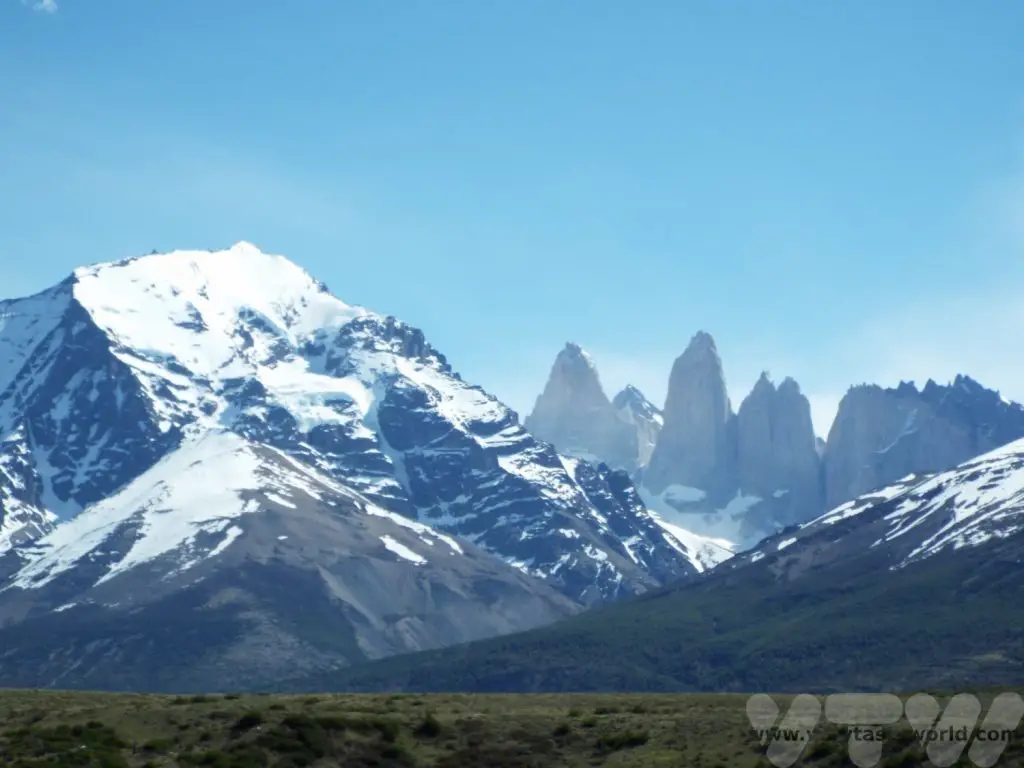
Patagonia 2 Week Itinerary
This Patagonia itinerary is quite full on. It starts in Santiago, Chile and finishes in Buenos Aires, Argentina as those are the best cities to connect with most international flights. There is a lot of travelling and we mainly travelled on buses. They are reasonably cheap and pretty comfortable. It’s a very relaxing way to travel and a great way of seeing the countryside. And, needless to say, the scenery was spectacular all the way.
Please note that this post contains affiliate links. If you click through and decide to make a purchase we will earn a small commission, at no extra cost to you, which will help towards the costs of running this site.
Day 1 Fly to Santiago
Day 2 Santiago
Spend a day exploring Santiago. We don’t recommend flying directly to Patagonia immediately after your international flight, just in case there are any delays.
There are lots of options for things to do in Chile’s capital city. It is lovely to wander through and the metro system cheap and reliable. You can buy a BIP card and share it between your travelling companions. Our hotel kindly lent us a card and we were able to charge it with exactly the right amount of money for the journeys we wanted to take. We just asked the nice lady at the metro ticket office, told her the routes we wanted to take and she charged up the card accordingly.
Set in a valley amidst the towering Andes Santiago is undulating and features a number of hills popping up from the urban sprawl, many of which have become parks. San Christobal park is the largest green space in the city. You can ride the teleferico or funicular and there are plenty of attractions including a zoo, a number of gardens, swimming pools and playgrounds.
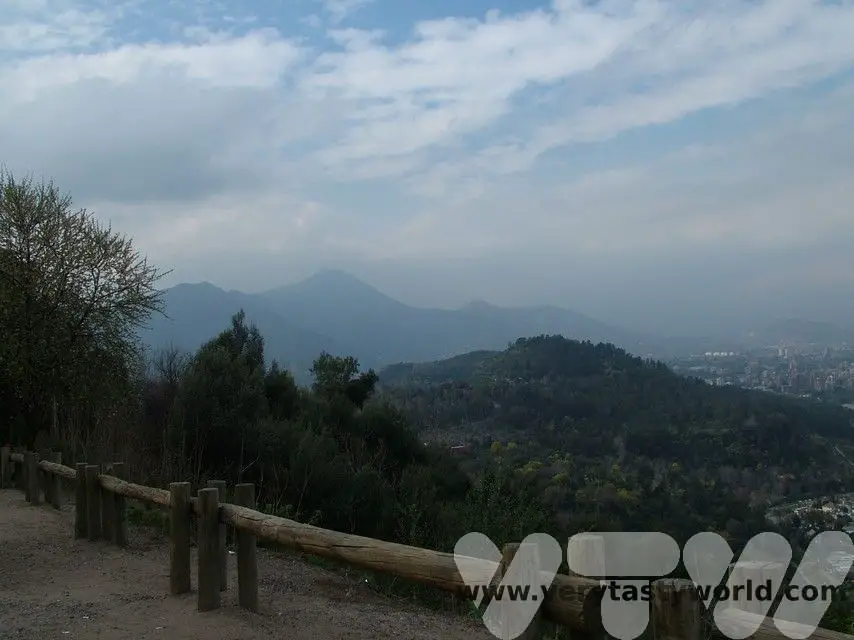
The city centre offers some interesting museums, including the national museum, which has some interesting historic objects including a large number of indigenous artefacts. The Museum das Bellas Artes is a grand building with interesting art exhibitions.
Foodie Recommendation: Make sure to visit the Mercado Central de Santiago – it’s the fish market which also has a number of restaurants. Avoid the big, flashy and expensive affair in the middle, there are loads of much smaller restaurants around the perimeter which offer great seafood at reasonable prices, although you may have to avoid the enthusiastic but not overly pushy touts.
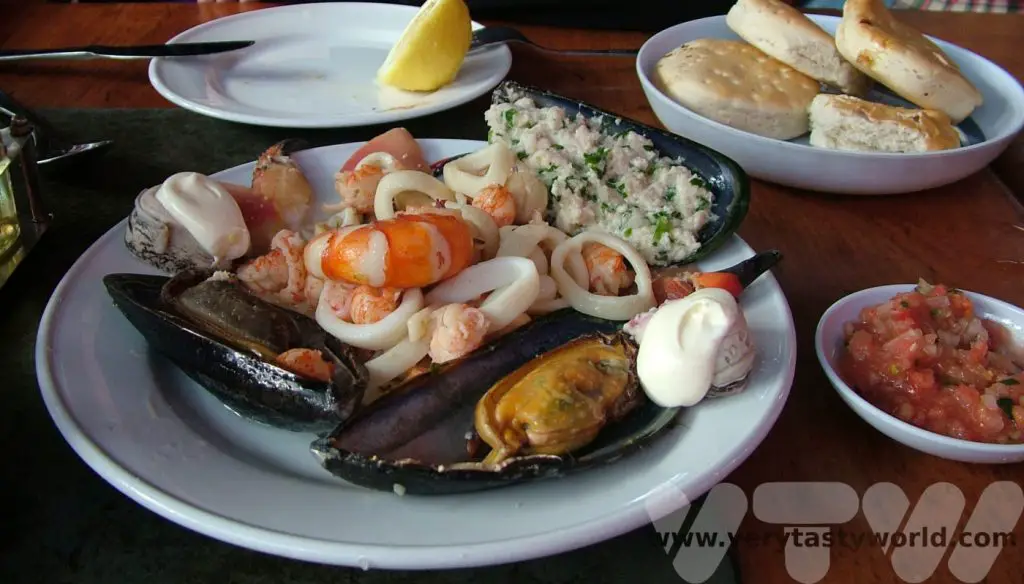
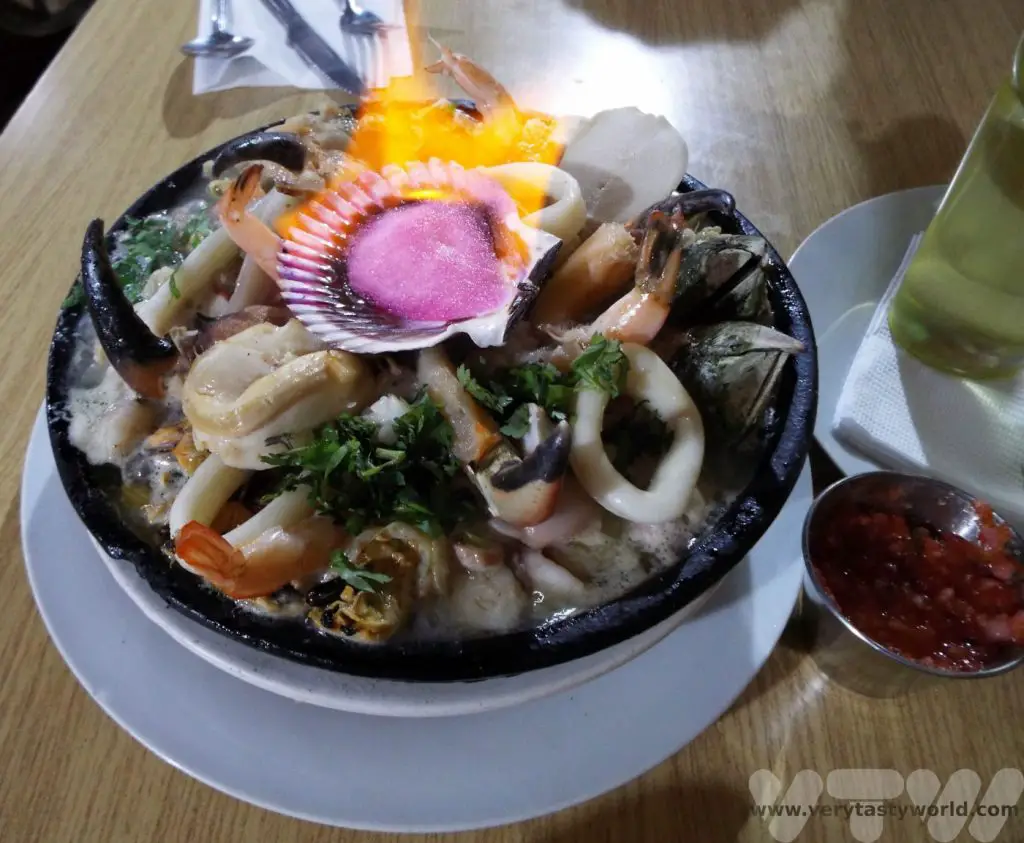
A slightly unusual option for Santiago is taking a day trip to wine country. Just a couple of hours’ drive from the bustling city is the Maipo Valley, where a lot of Chile’s splendid wine is produced. You can tour some of the wineries in the region and enjoy a tasting. Chile’s climate is suited to growing vines and the wines it produces are exceptional quality.
(NB – we didn’t do all these activities on the day before our Patagonia journey, we had visited Santiago on a previous trip. These are just some of the options for spending time in the city before travelling south.)
Day 3 Fly to Punta Arenas
Back to the airport for the five-hour flight to Punta Arenas. If the weather is clear you will see fantastic views of the Andes and will also fly over Chile’s ‘lake district’. Punta Arenas itself is around half an hour away from the airport and there are plenty of options for the 30-40 minute ride into town, including taxis and shared shuttle buses.
Located on the Strait of Magellan Punta Arenas has some interesting museums including Museo Naval y Marítimo, a maritime museum, Museo Regional de Magallanes, a grand mansion.
There are a number of monuments in the city, including Monumento A Tripulantes Galeta Ancud which commemorates the Strait of Magellan becoming part of Chile on 21st September 1843.
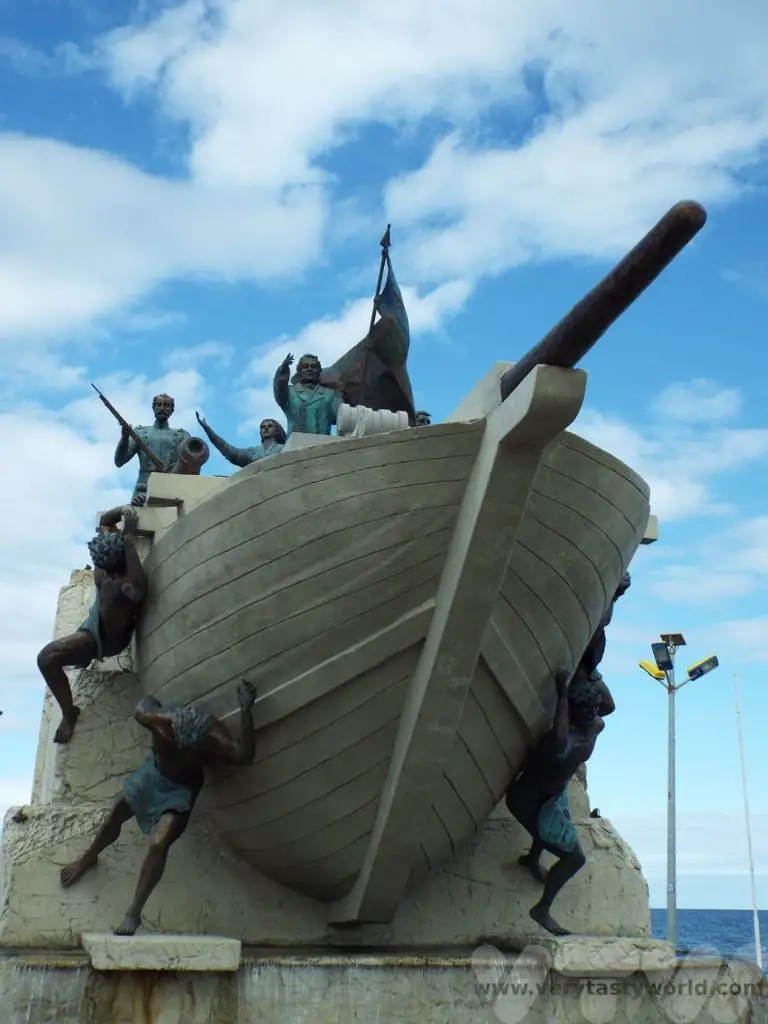
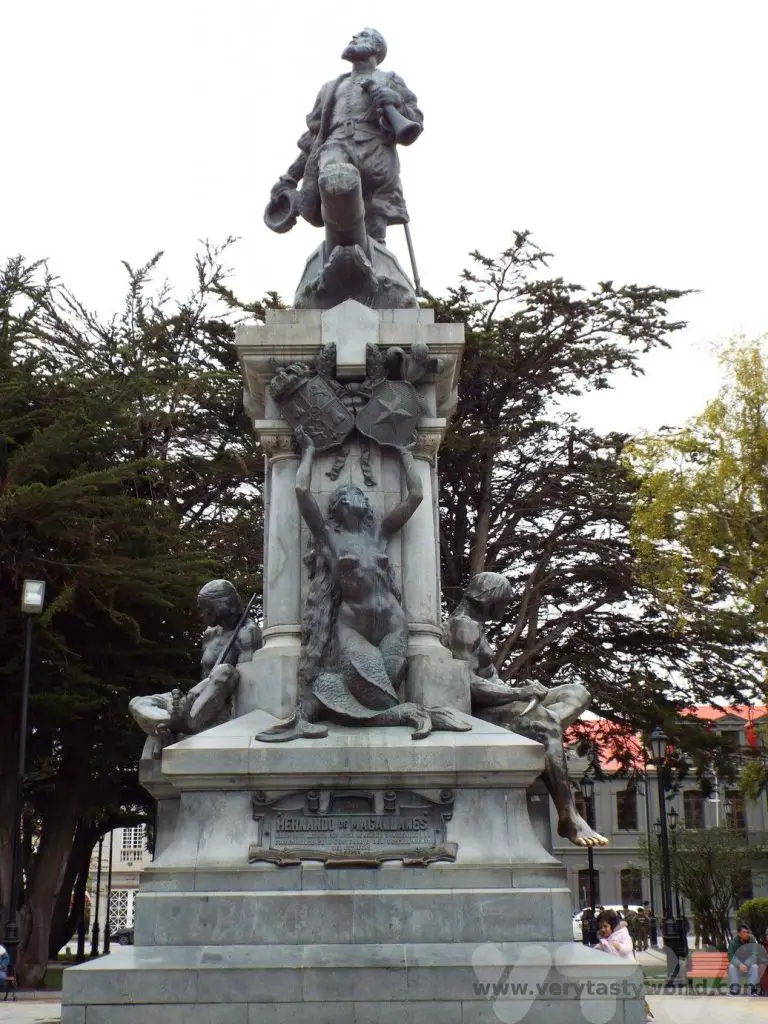
And a monument to famous Portuguese explorer, Ferdinand Magellan.
Foodie Recommendation: La Marmita, on Pl Francisco Sampaio 678, is an excellent restaurant to try local food. Guacano carpaccio, hare stew and Patagonia lamb were amongst the dishes we tried.
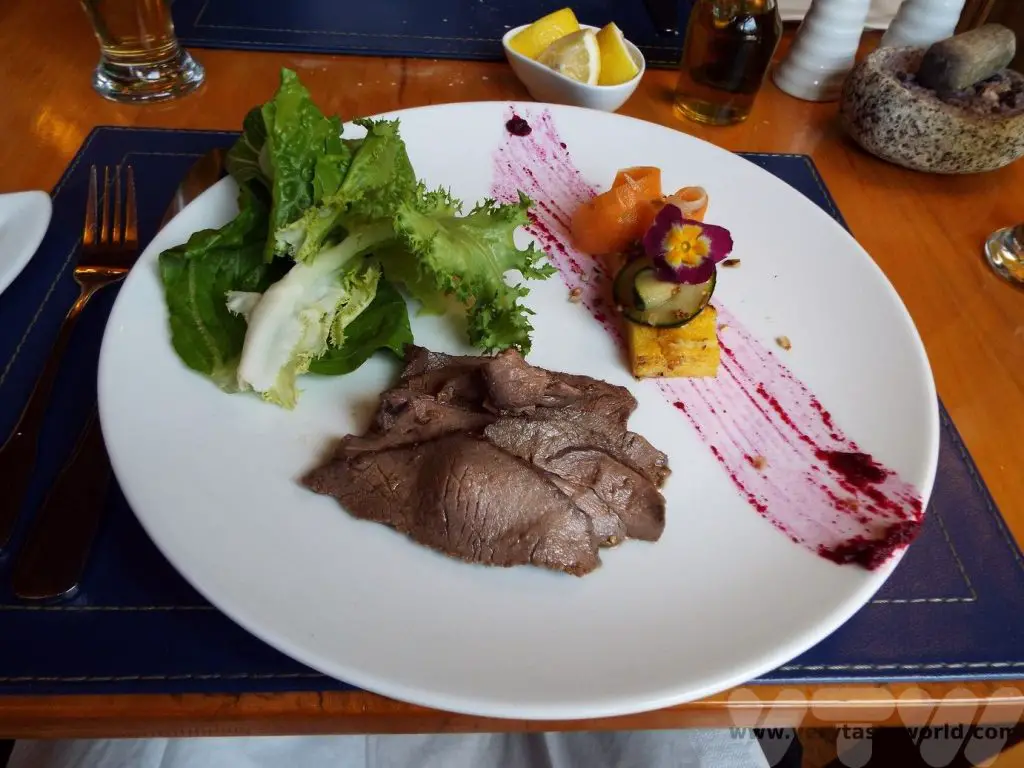
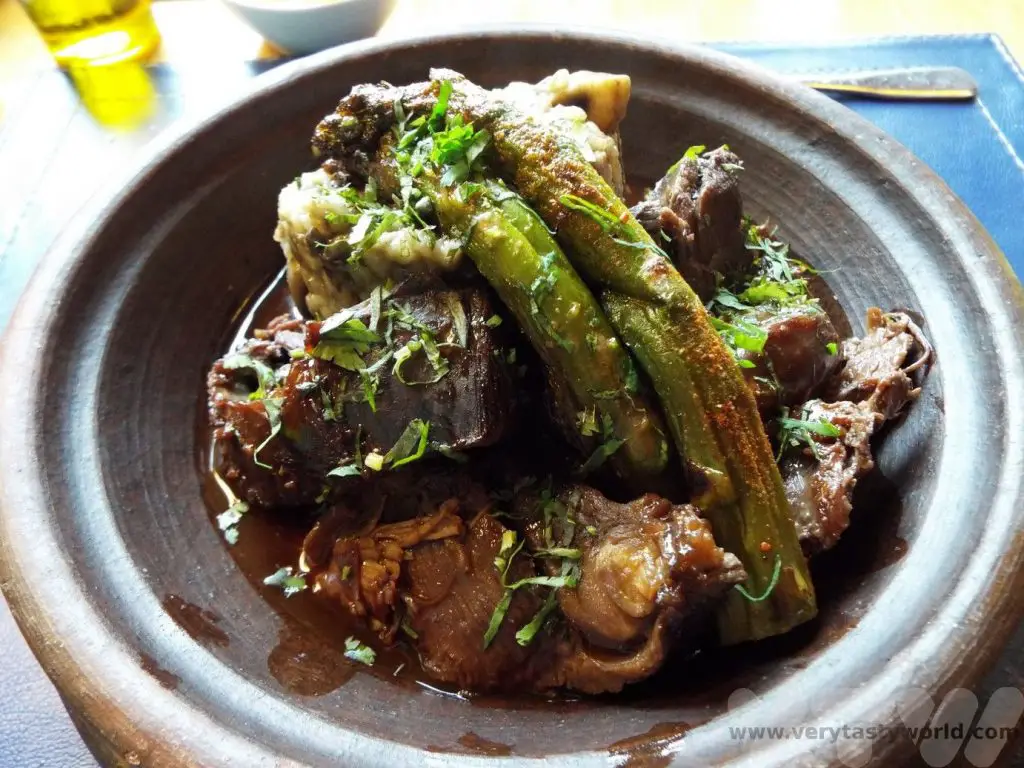
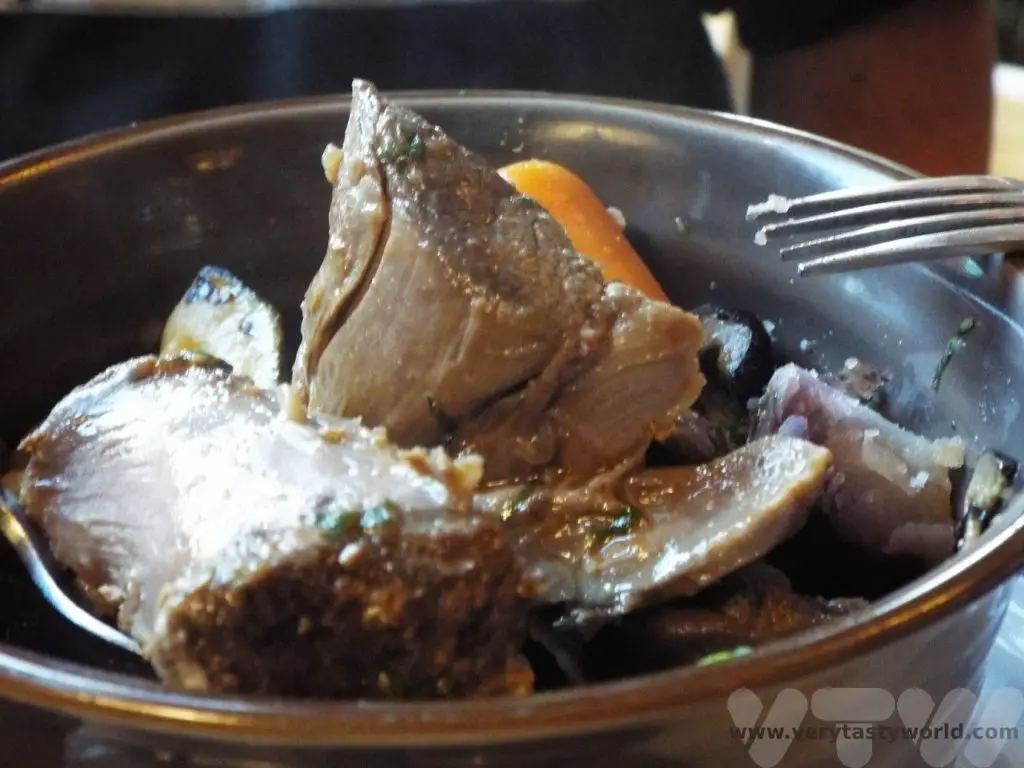
It’s more expensive than some of the other options but prices were reasonable, especially for the quality of the food. It’s popular so worth booking a table if you are likely to be eating in the evening. Don’t forget to try the local craft beer – there are a lot of varieties available and they are rather good.
Day 4 Penguin Excursion to Magdelena Island
You can’t come to Patagonia and not see penguins! One of the most popular things to do in the area is to take an excursion to Magdelena Island to see the Magellanic penguins. There are lots of tour operators who can arrange the excursion – many will offer a hotel pickup.
The trip involves a short drive to the coast where you will pick up a boat that will take you to Magdelena Island, which is located in the Strait of Magellan around 35km from the mainland.
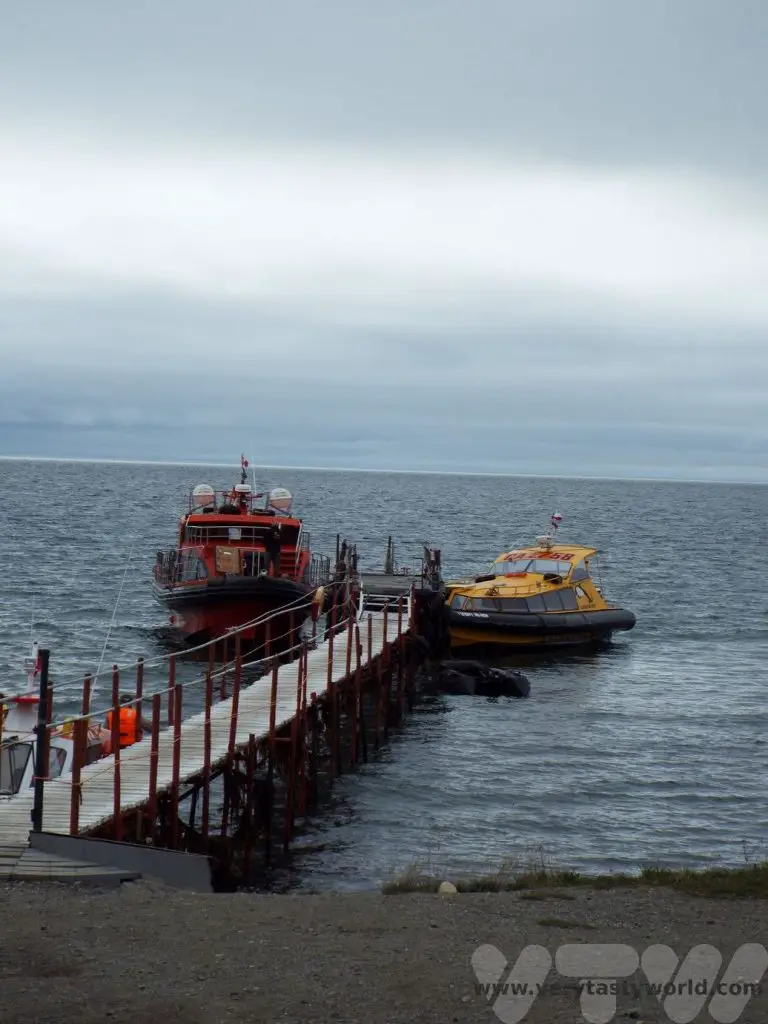
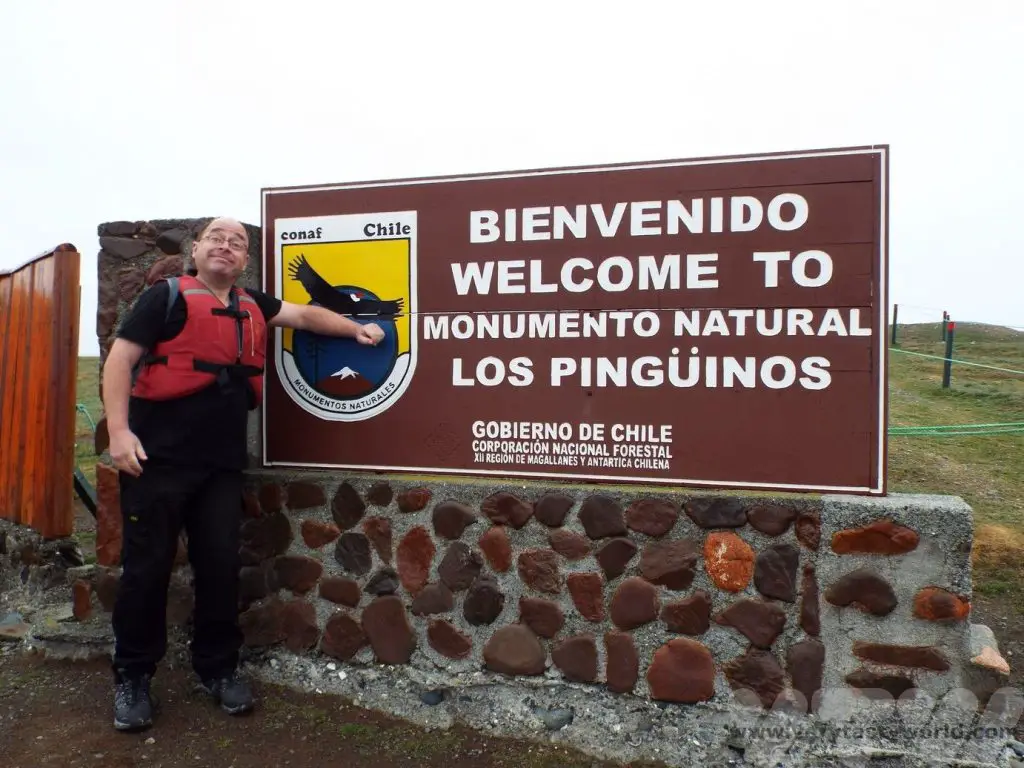
The island is inhabited by over 100,000 Magellanic penguins and a just few rangers, so you have an excellent chance of encountering them. In fact, you may well be able to get very close. You are asked not to approach or touch the penguins but they may well waddle over to you!
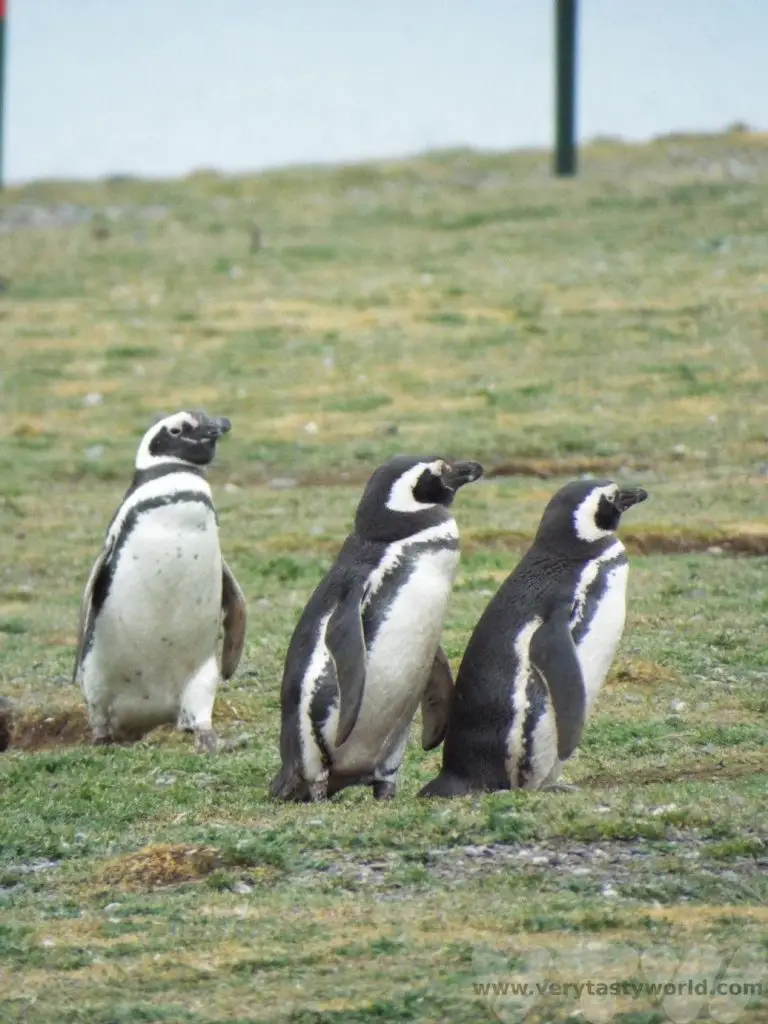
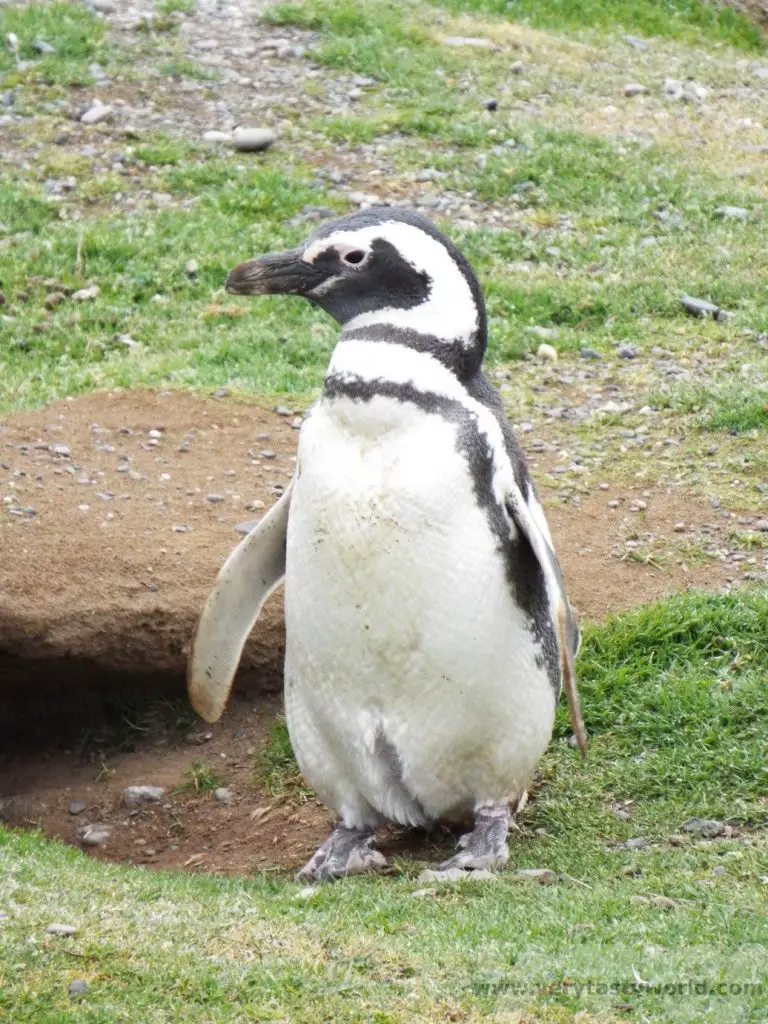
They build nests in the ground, so you have to follow a clearly marked set route as you walk around the island. Nesting season is from October to March.
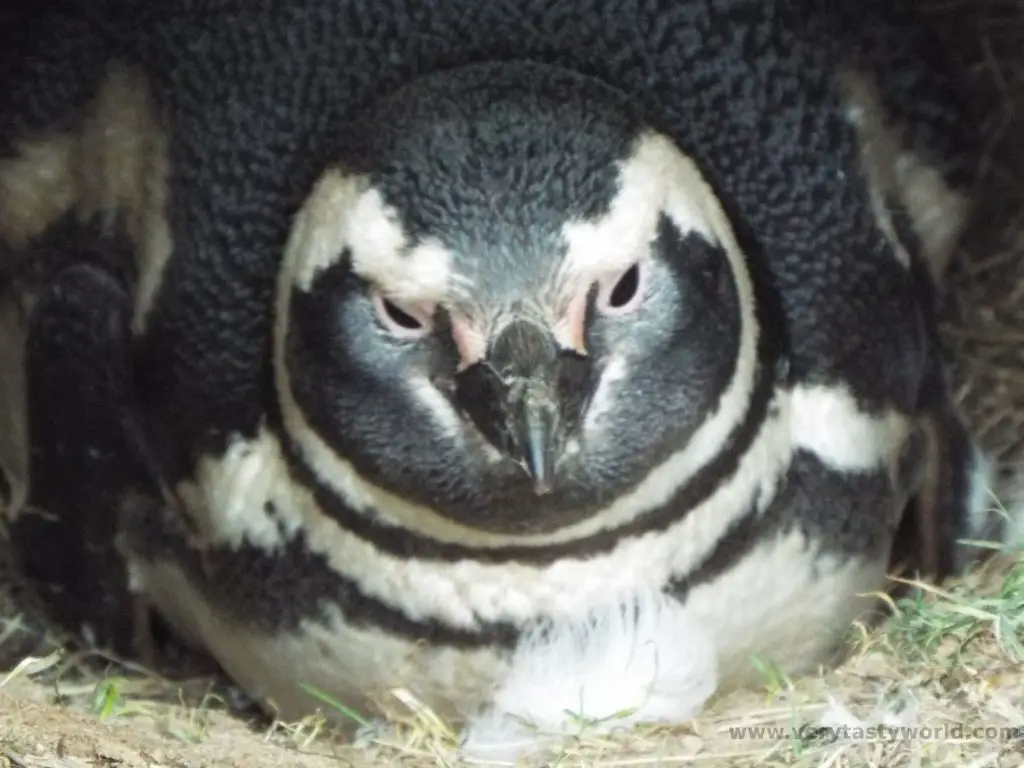
After around an hour walking round the island, it’s back on the boat to pass by Isla Marta to view the sealions, posing proudly on the shore and occasionally having a territorial spat.
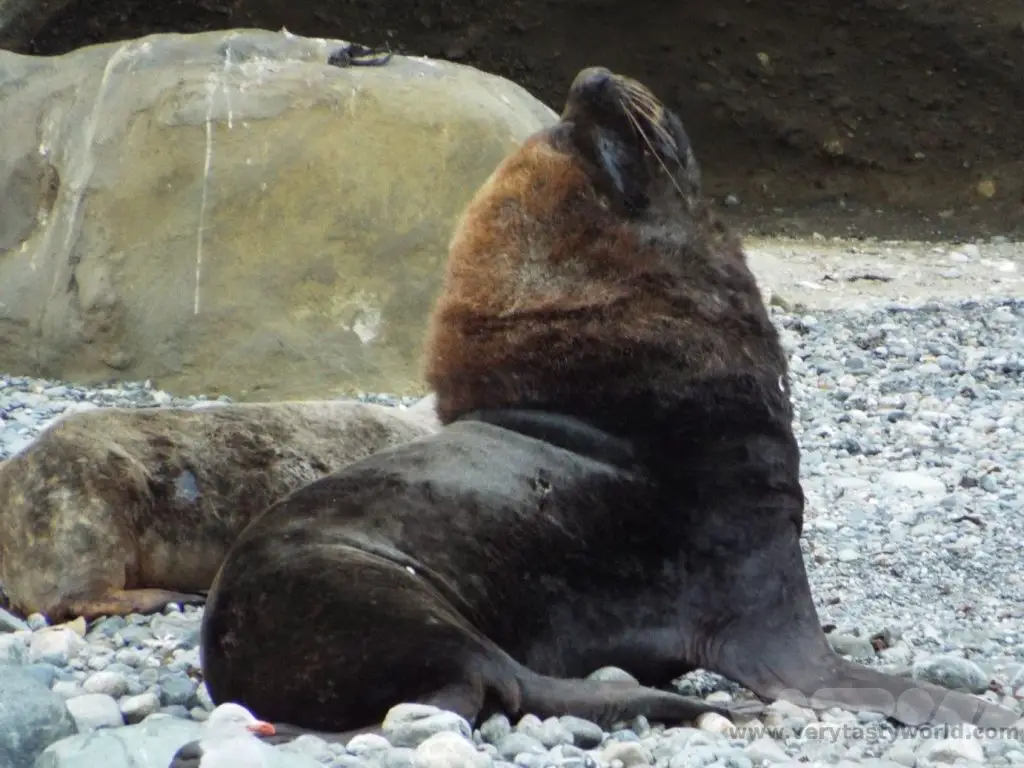
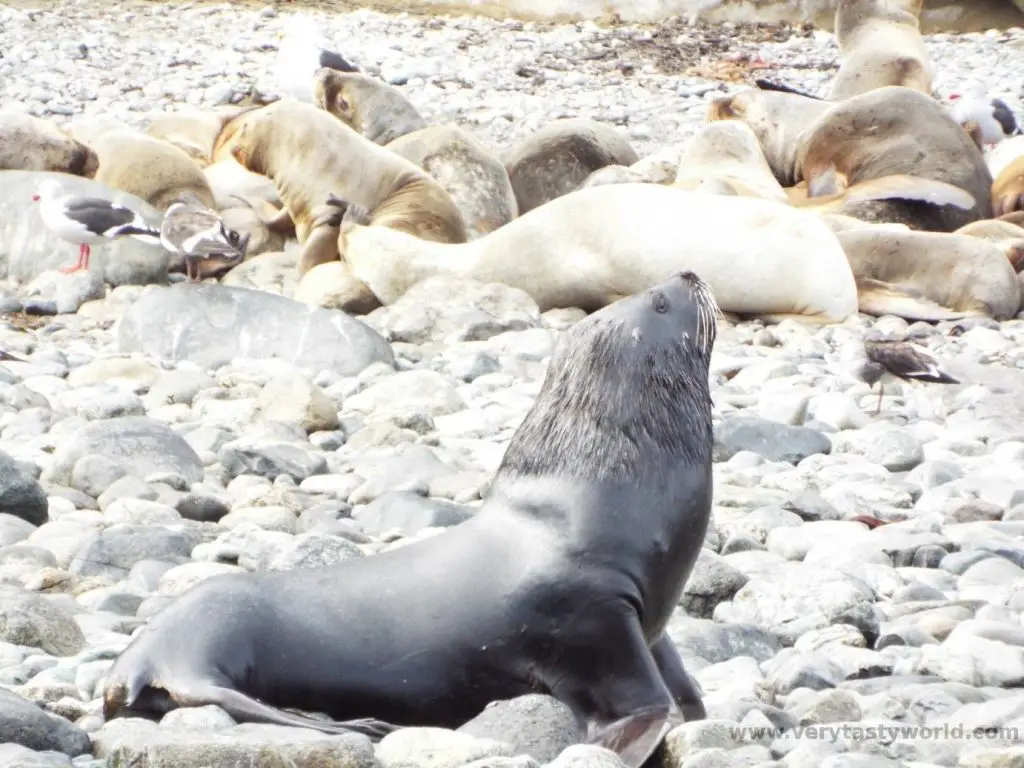
There are alternative excursions available to see King Penguins on the Tierra del Fuego island. It’s a long day – a much further drive and you can’t get so close to the penguins, but if you’re passionate about penguins, it’s worth considering. We loved being able to get so close to the little Magellanics.
Day 5 Bus to Puerto Natales (4 hours)
The bus station in Puerto Arenas is located in the centre of town, so it’s easy to pick up the bus for the drive to Puerto Natales. This is a small port town which is quiet but friendly. It is the main stopping point for the Torres del Paine National Park so is geared for tourists and has plenty of hostels and restaurants.
There is a lovely walk along the waterfront with the majestic mountains providing a backdrop.
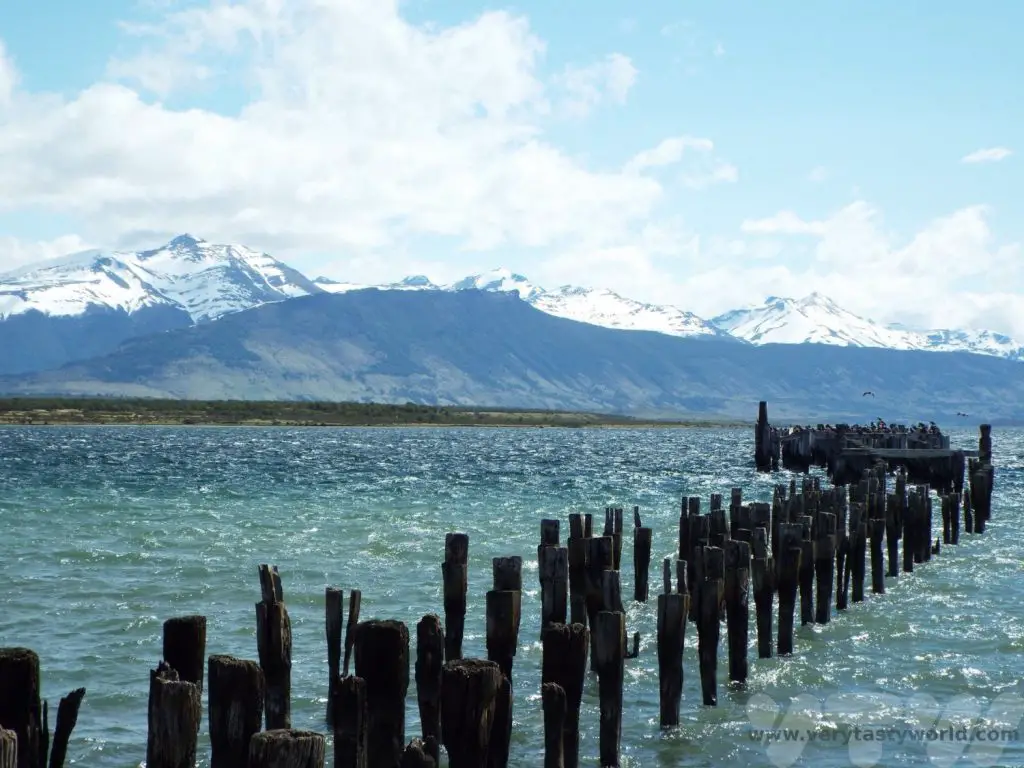
Foodie Recommendation: Make sure you enjoy some of the seafood at the plentiful restaurants in the town. The crab is particularly good.
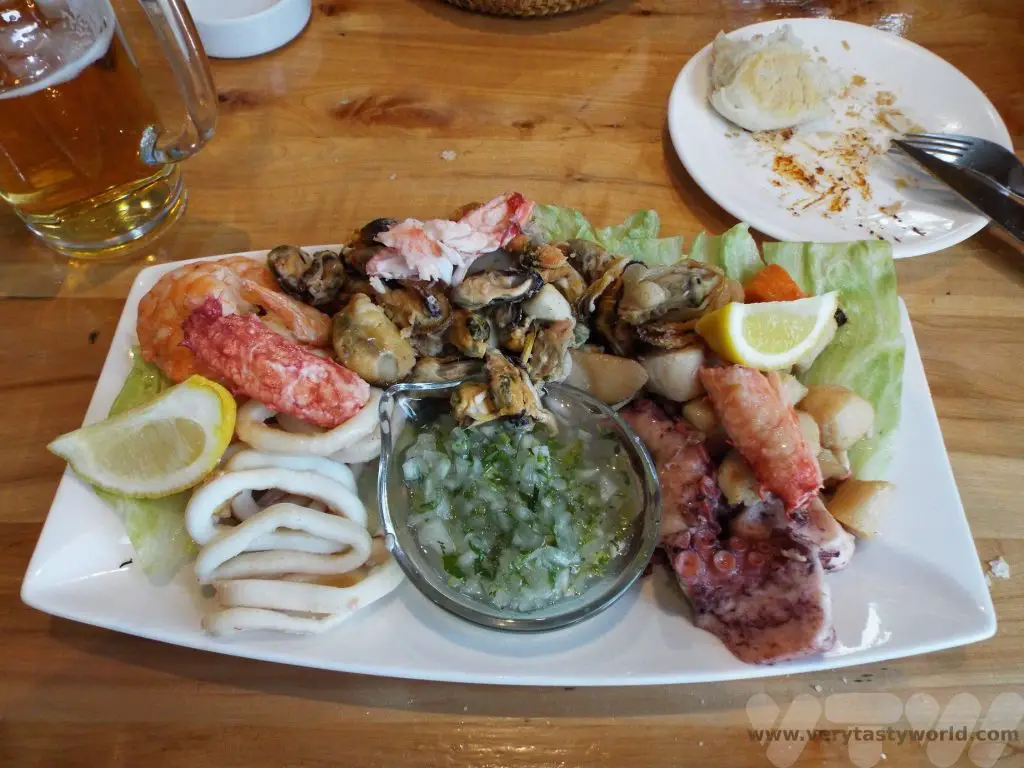
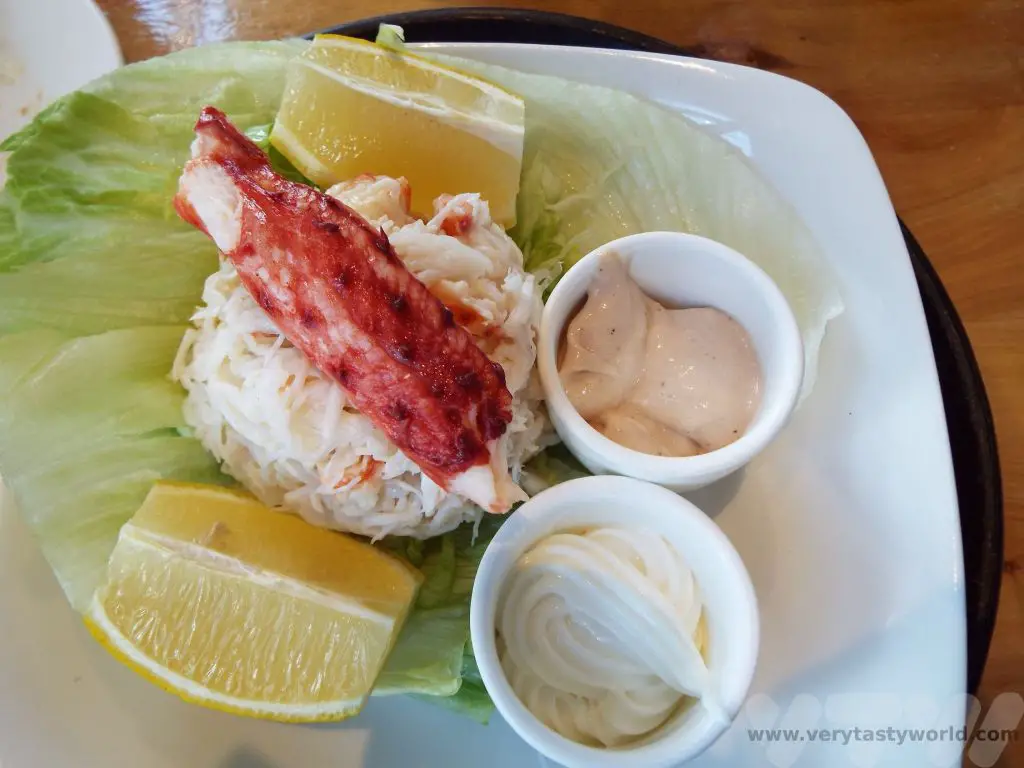
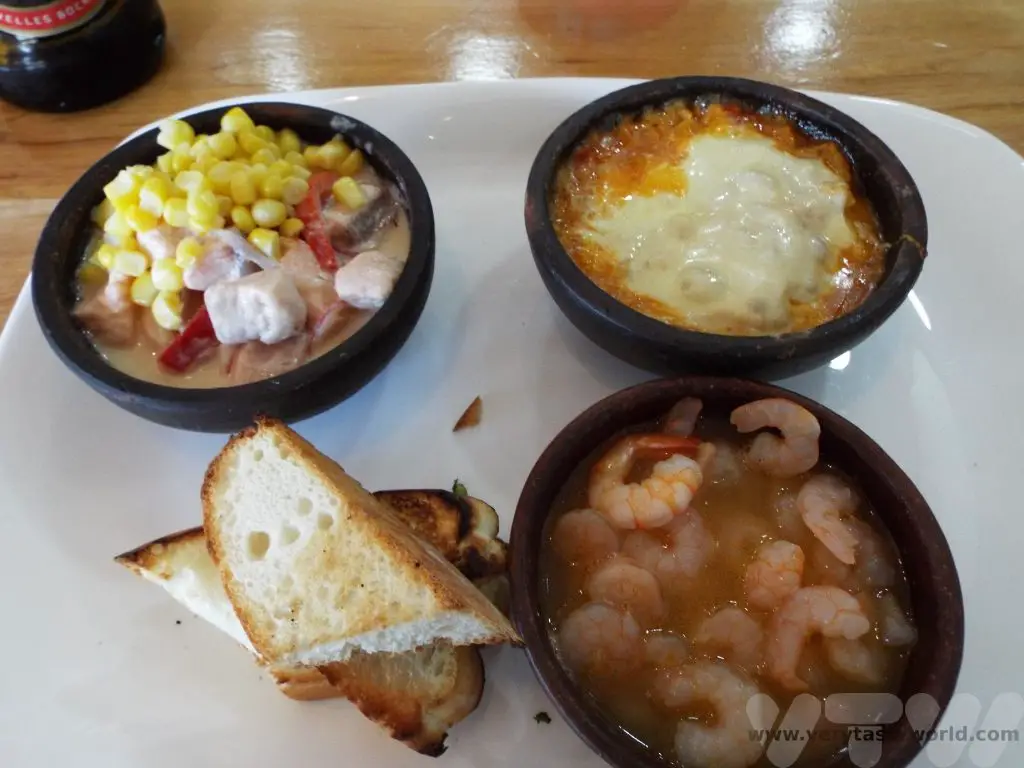
Day 6 Drive to Torres Del Paine
Although tour options such as coach trips are available in Puerto Natales (and indeed from Punta Arenas) we recommend hiring a car to explore this most spectacular region. There are a number of hire car companies in Puerto Natales – just remember to bring your driving licence and an international driving licence. You can travel at your own pace. Driving is very easy on clear roads (follow route 9) and you can choose your route and take your time to stop off at the many gorgeous attractions in the area. Depending on which entrance you decide to drive to the journey should only take a couple of hours, leaving you plenty of time to explore the park.
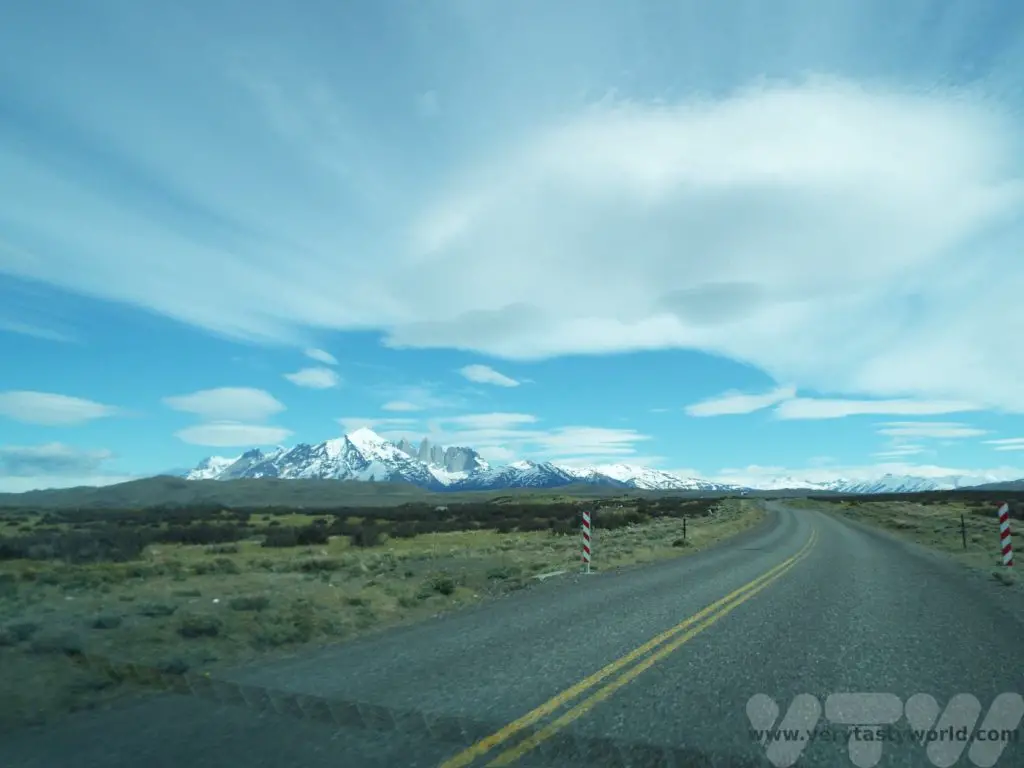
Days 7-8 Torres Del Paine
We have a full post about visiting Torres Del Paine. This wild, windy and wonderful wilderness was one of the highlights of the trip. You will need a ticket to enter the park and you have to register with the park authorities when you arrive.
Some of the main attractions include:
Lago Grey – Grey lake which is fed by Grey Glacier. You can walk a trail onto the strangely beautiful beach. Icebergs that have broken from the glacier contrast with the stark grey of the lake.
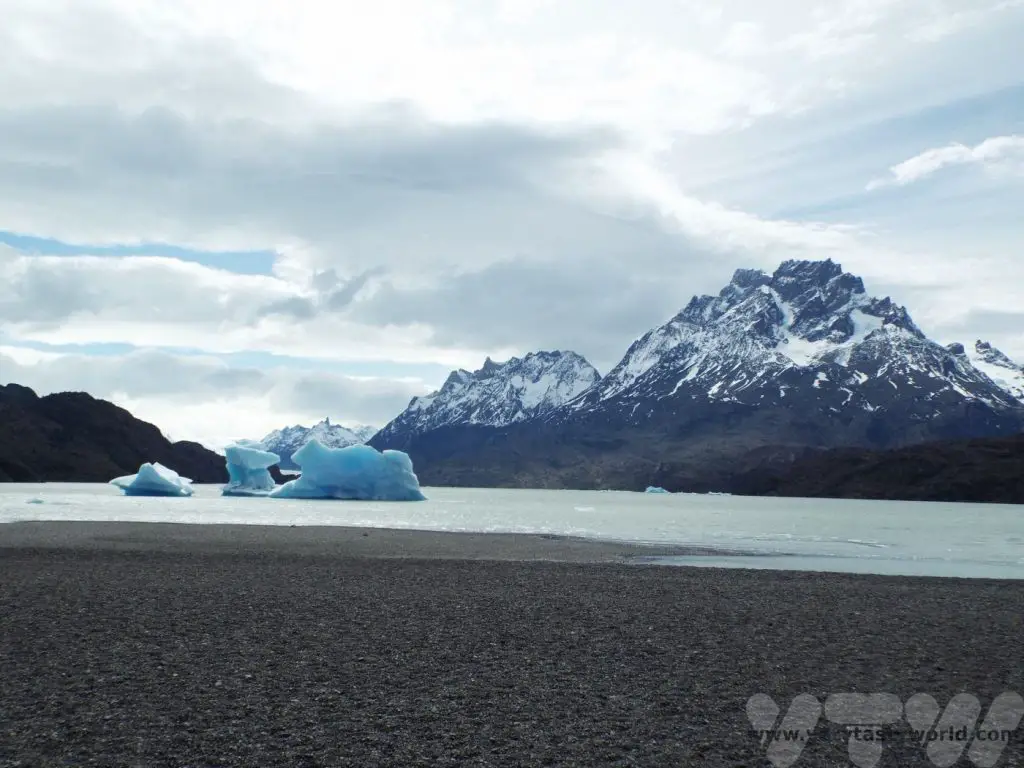
Salto Grande Waterfall
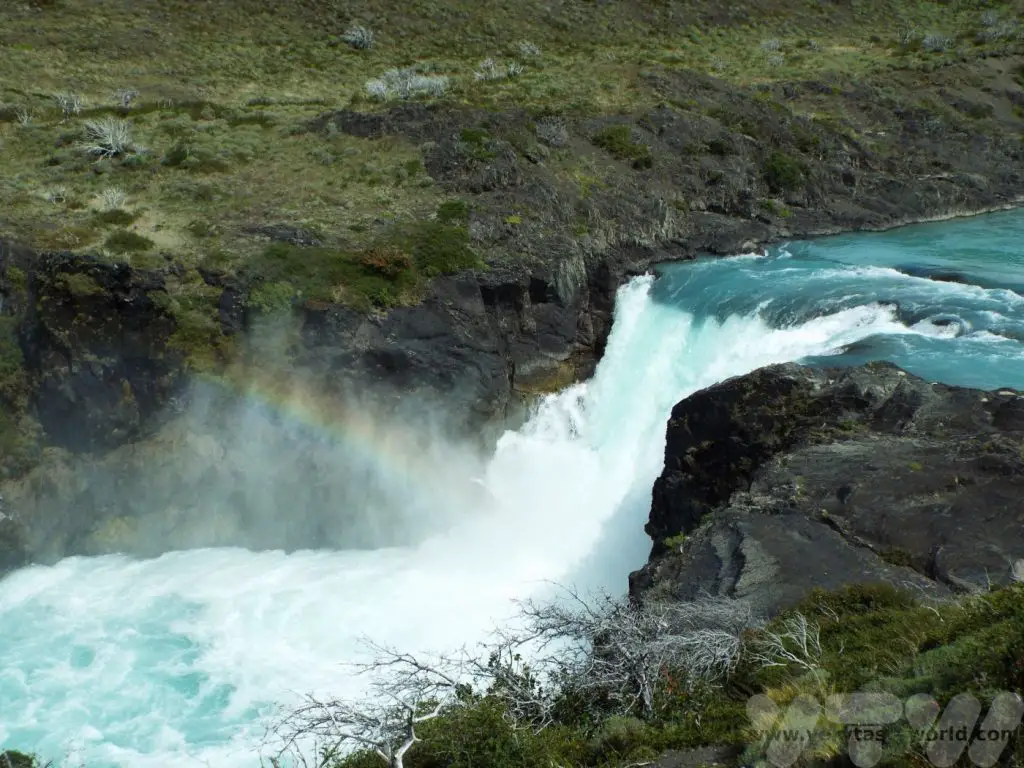
Laguna Azul
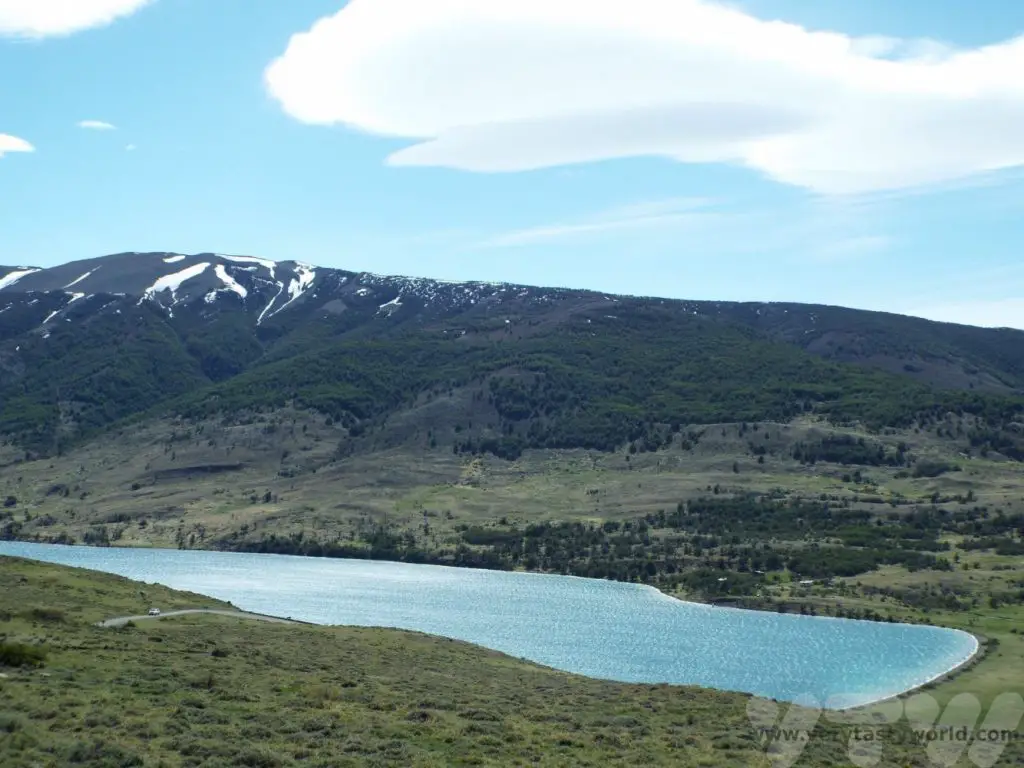
You may want to hike to the famous Base de Torres. This is a seven-hour round trip so is possible to do in a day.

There is also plenty of interesting wildlife to see. You will be certain to see guanacos but maybe you will get lucky and see a large flightless rhea or even a puma!
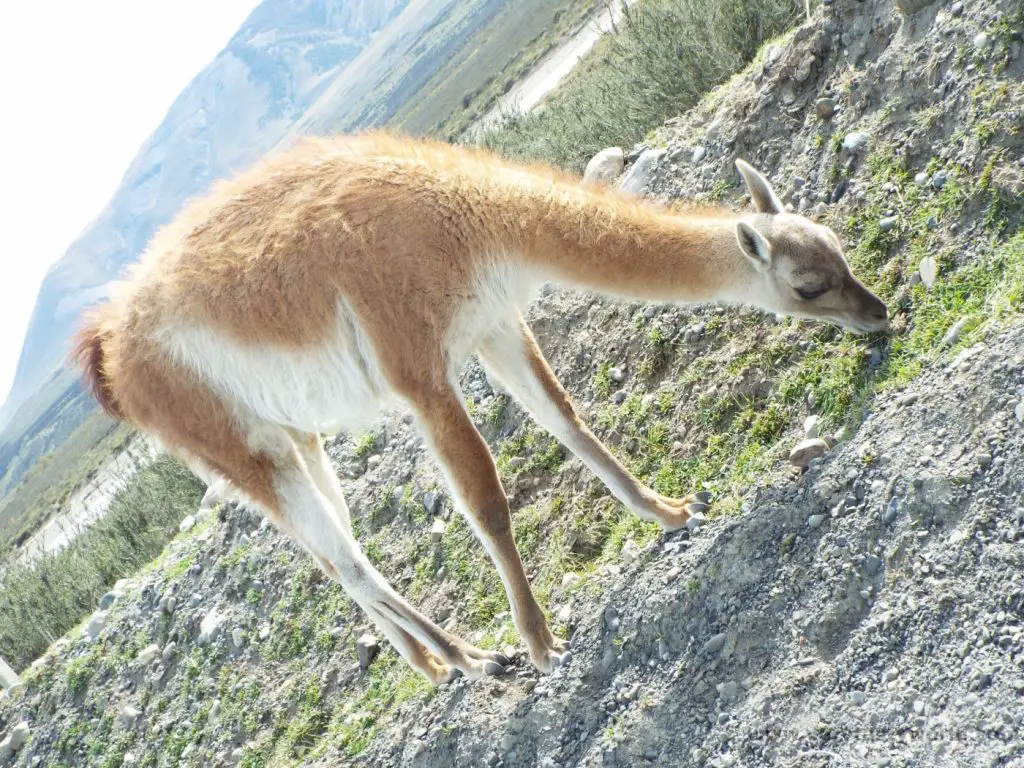
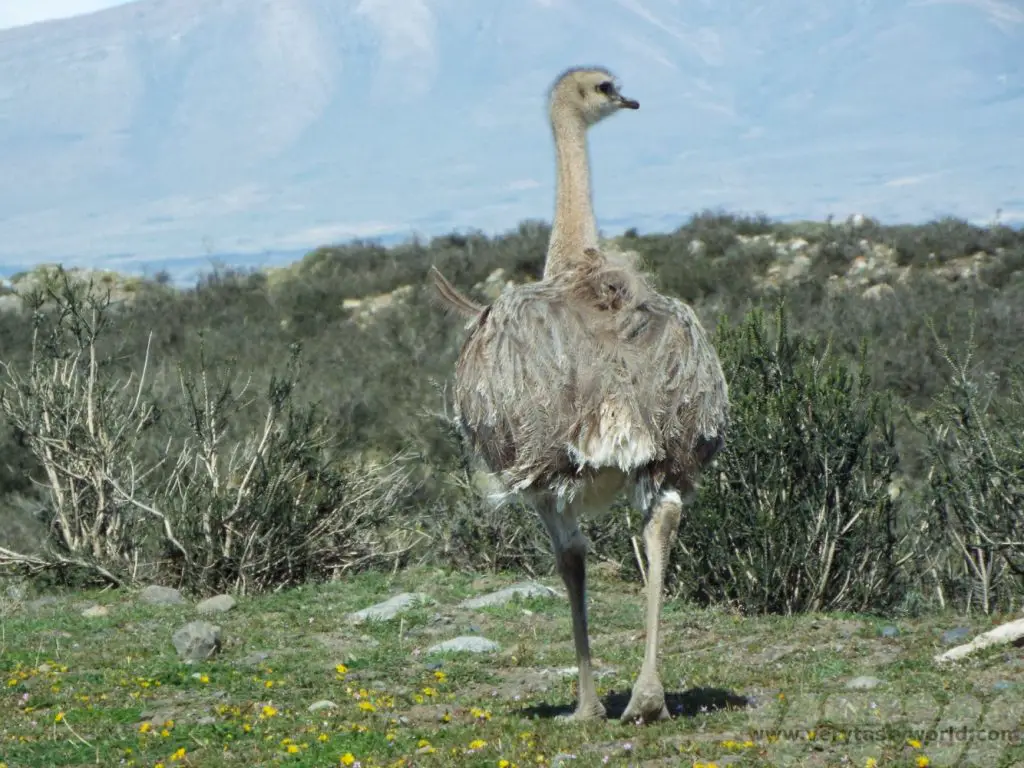
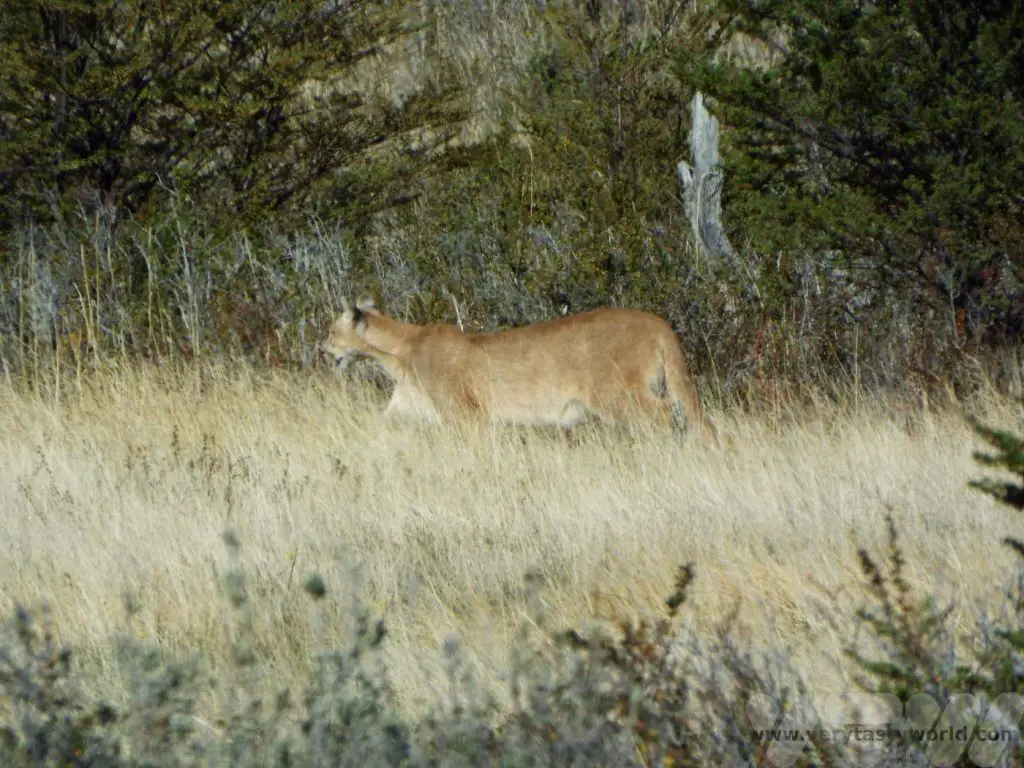
There are plenty of attractions to explore and hikes to enjoy, but make sure you have enough time to return the car to Puerto Natales.
Day 9 Bus to El Calafate (7 hours including the border crossing)
This is the longest bus journey and involves crossing the border from Chile into Argentina. The crossing takes a little time but is very straightforward. As you leave Chile, everyone troops off the bus, queues inside a little hut to get their passport stamped and jumps back on the bus. You will then drive a few hundred metres to the Argentina side whereupon everybody troops off the bus, queues inside a little hut to get their passport stamped and jumps back on the bus.
Don’t forget to keep your passport with you. It’s always good practice to carry it on your person instead of packing it into your luggage. Before you travel it would be wise to check whether you need any visas to enter Argentina.
El Calafate is a town that is often called the ‘gateway to Los Glaciares National Park’ as this is the primary draw for visitors.
There are lots of tour companies in town which can offer excursions. We recommend spending at least a couple of days here, particularly taking a boat trip to the Los Glaciares lake and another day visiting the stunning Perito Moreno glacier.
There are some things to do in El Calafate itself. It has a bird sanctuary, Laguna Nimez Reserva, which has some 80 different species of bird to see – local and migratory species. You pay a small fee and can walk around the lake. Binoculars and bird guides are available. If you’re lucky you may see some flamingos!
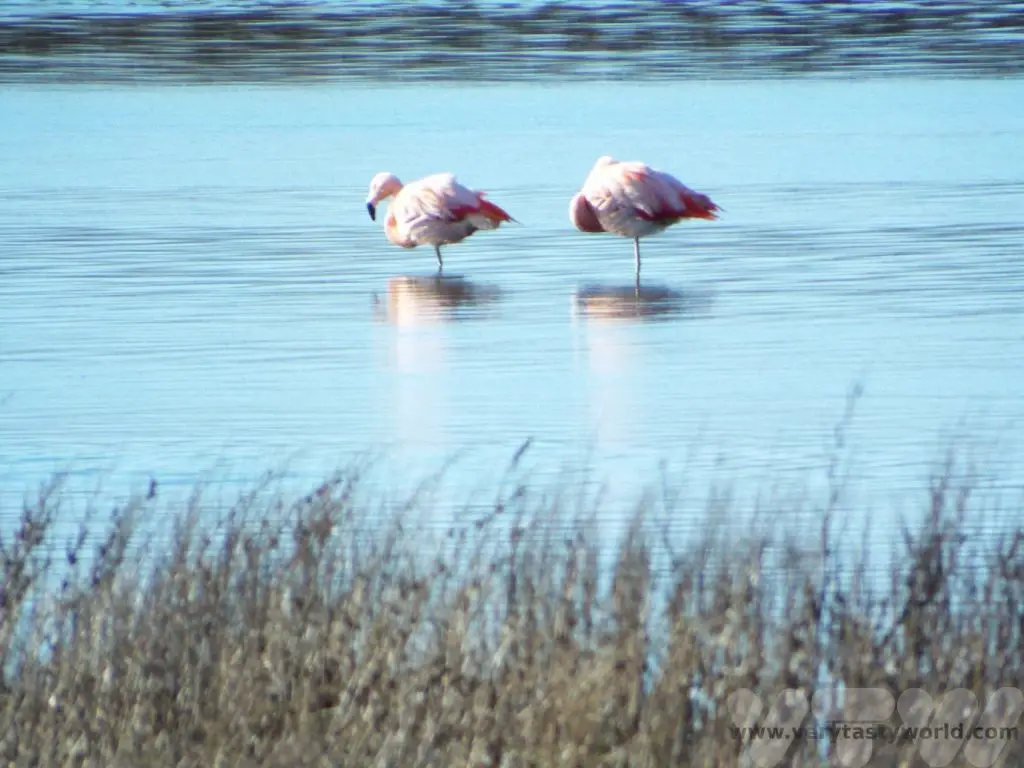
The Centro de Interpretación Histórica is a small but fascinating museum which showcases fossils, particularly of giant mammals that roamed the earth several millennia ago around the time of the last ice age. It’s a really friendly place to visit and you can enjoy a free cup of mate (pronounced matay) – a herbal infusion that is enormously popular throughout Argentina – indeed it’s the country’s national drink.
Just out of town is the Glaciarium, a museum inside a beautifully designed building, which is an impressive education centre focussing on glaciers and ice.
Foodie Recommendation: Vegetarians look away now. Meat eaters – you can’t come to Patagonia and not taste Cordero a la Estaca. This is Patagonian lamb slow roasted for hours on a spit above the flames of the fire. Because it is cooked on a vertical spit, the fats and juices from the cooking flow back into the meat constantly basting it and enhancing its flavour. It literally falls apart when it is served. If you go to a restaurant you are quite often given free bread with the meal – we found this offered more than enough carbs and was perfect for soaking up those luscious lamby juices.
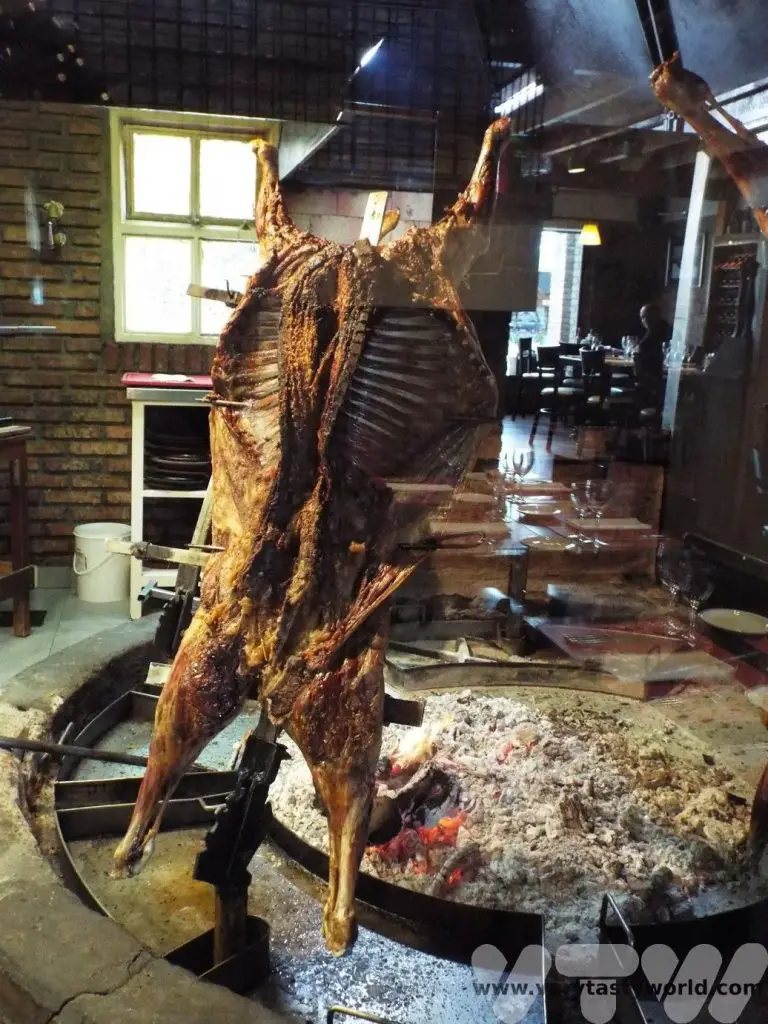
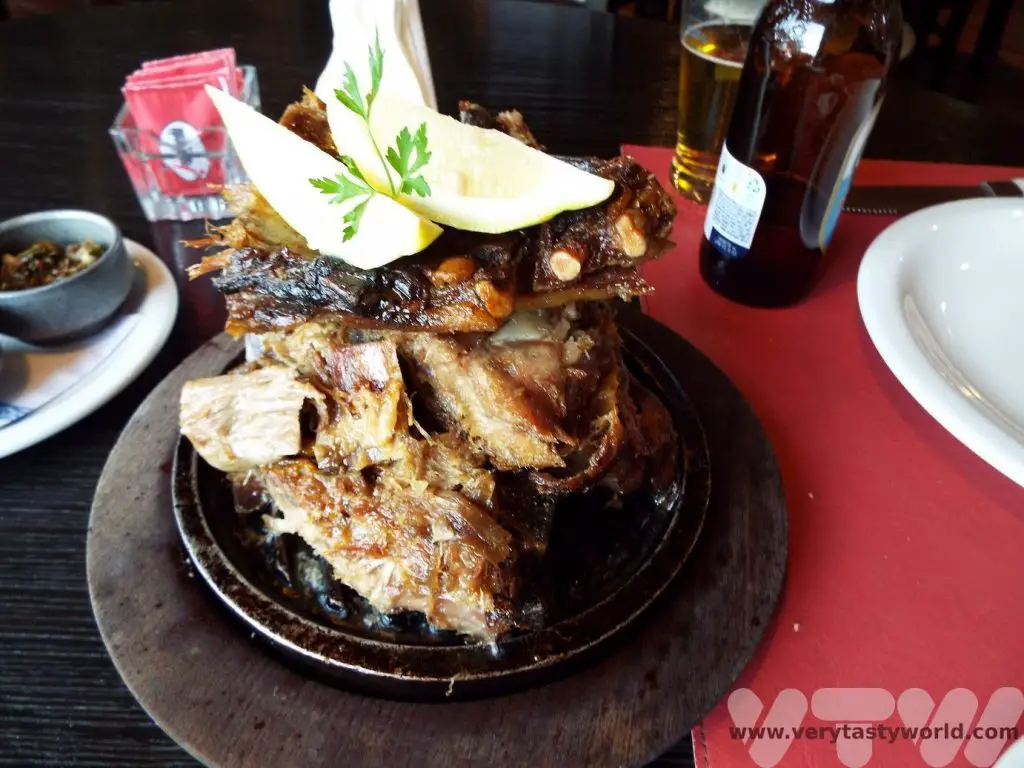
The meat is great quality and utterly sumptuous. However, after a few days in the area we did find ourselves craving salad! (And it was available.)
It has to be said that good dining is more difficult – but not impossible – in Argentina if you don’t eat meat.
El Calafate also – curiously – has a sushi restaurant of all things! Well, we had to try sushi at 50 degrees south of the equator! We received a welcome from the friendly proprietors and, although the sushi was very much adapted to local tastes (salmon with cream cheese) it was tasty.
Day 10 Los Glaciares Boat Trip
As its name suggests Los Glaciares is a national park which is not only stunningly beautiful but is a place where you can really get close to the many glaciers of the region. A UNESCO site, thirty percent of this region is covered in ice and the park contains the world’s third largest ice sheet after Antarctica and Greenland. It has more than 40 glaciers in the area.
The first day involved a boat trip across the azure waters of Lago Argentina. Hotel pickups are available and you drive around 50km to Puerto Bandera to catch the boat.
The boat accommodates around 100 passengers. It travels across the lake towards the north channel to the Upsala glacier, South America’s largest ice sheet which is 50km long and 10km wide.
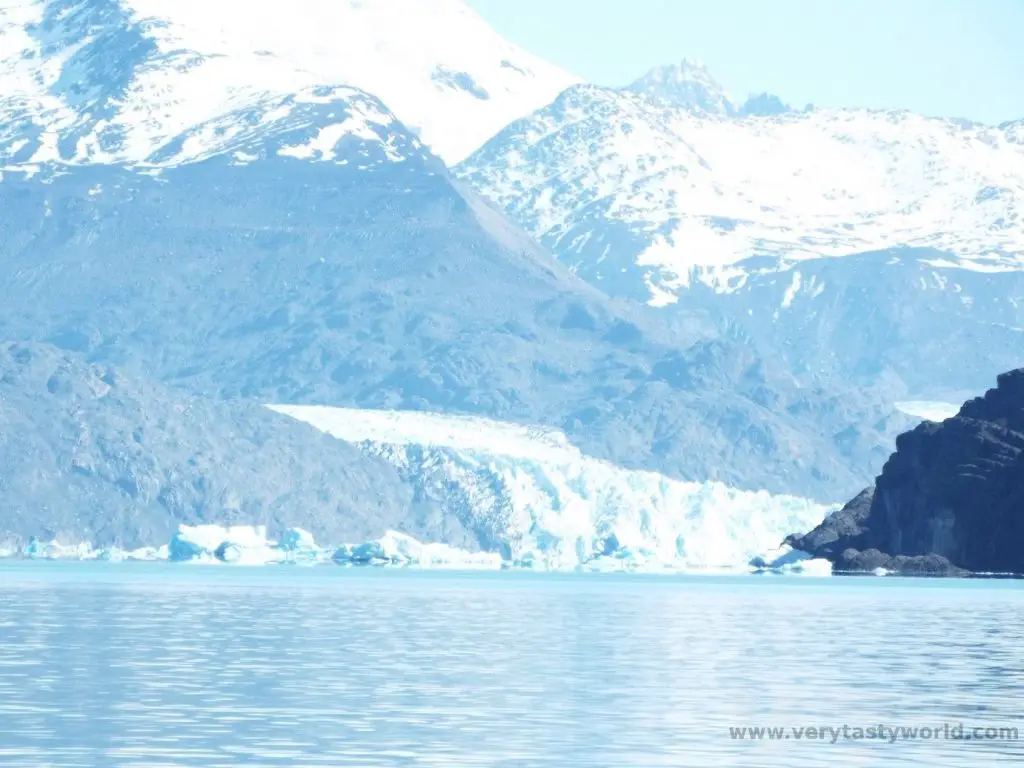
Icebergs regularly calve from the glacier and float serenely across the lake.
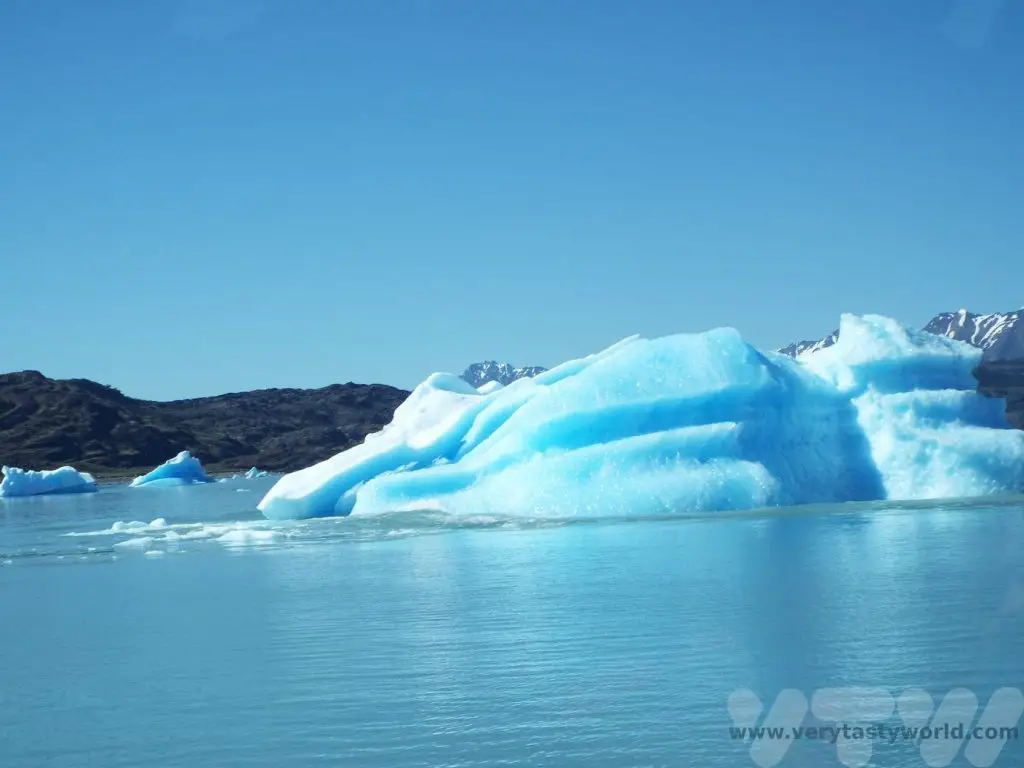
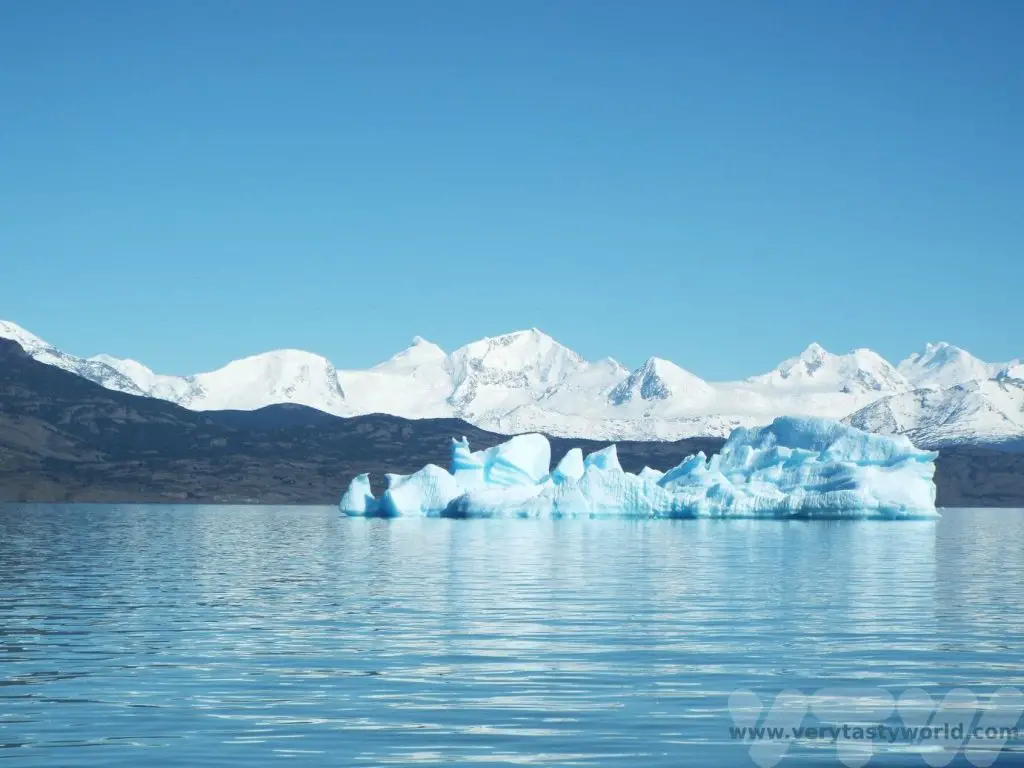
Cruising along the coastline you can see how the glaciers have slowly but surely shaped the landscape.
The next glacier is the Spegazzini. It’s just 1.5km wide but is incredibly tall.
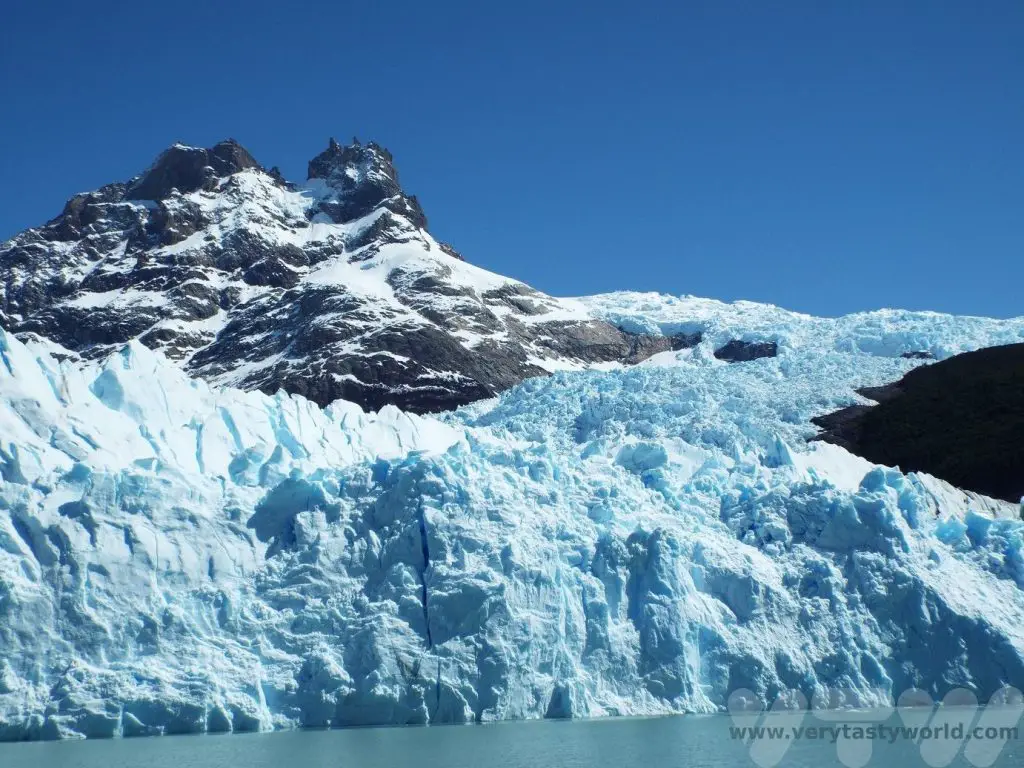
Day 11 Perito Moreno Glacier Day Trip
What can beat viewing spectacular glaciers? Walking on a spectacular glacier, that’s what! The following day we enjoyed a visit to the Perito Moreno glacier where we could don crampons and walk on the ice.
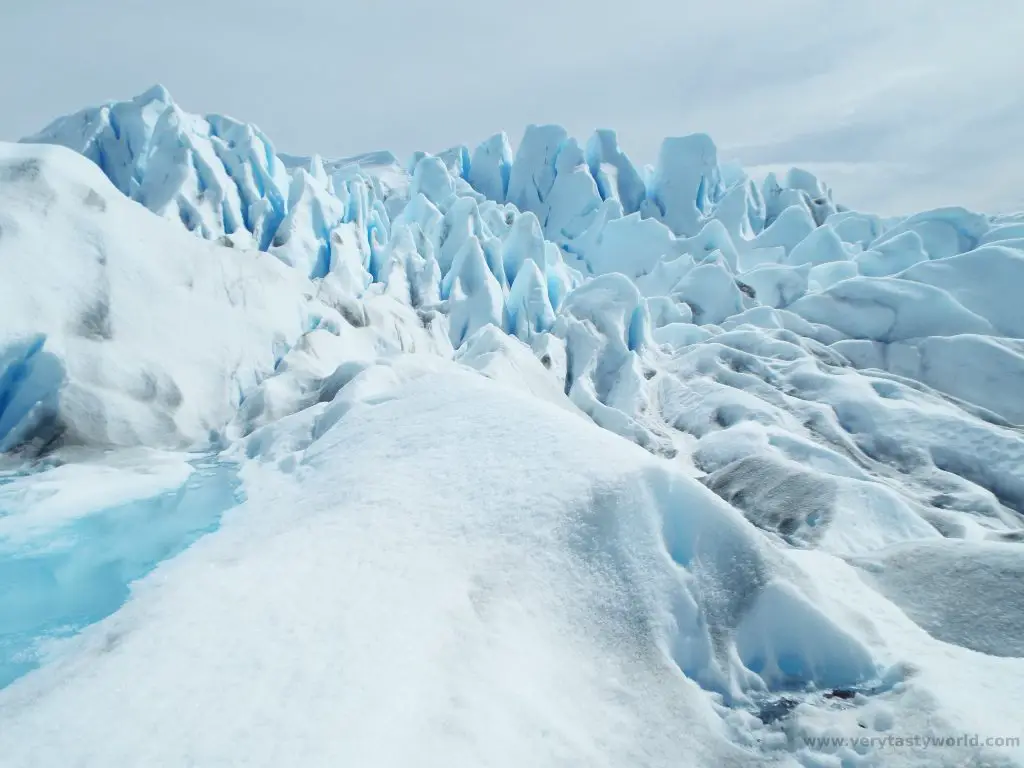
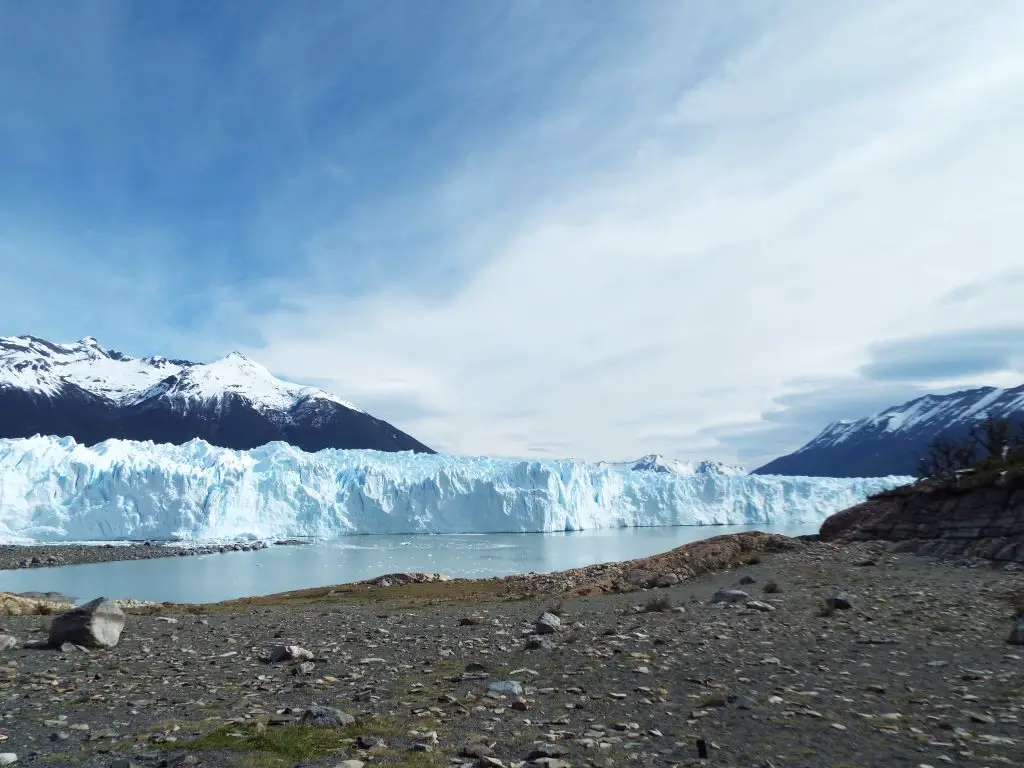
There are various options from a couple of hours’ trekking to the Big Ice, an 8 hour full-on hike right onto the glacier.
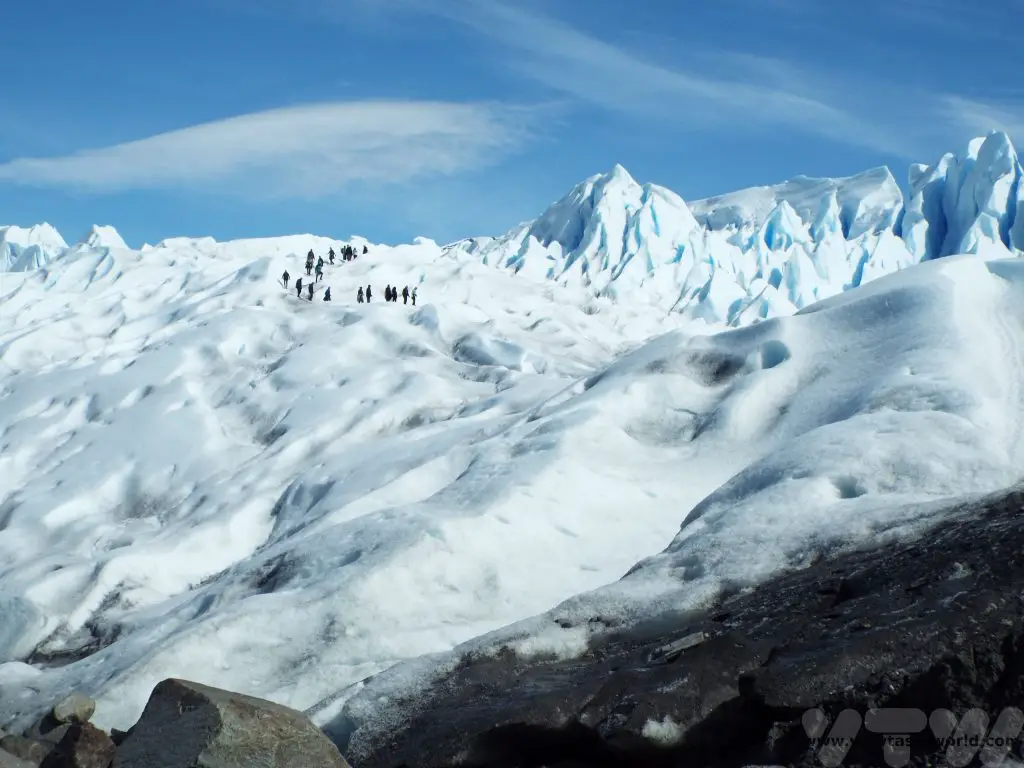
The shorter visits are well worth doing. And there’s a treat at the end. You can read about the full details about hiking the Perito Moreno, including what clothing to wear, in this post.
Because this glacier is accessible by land there is also a viewing platform and boardwalk. So even if you don’t want to trek on the glacier it is possible to admire it. The boardwalk area has a restaurant and bathrooms.
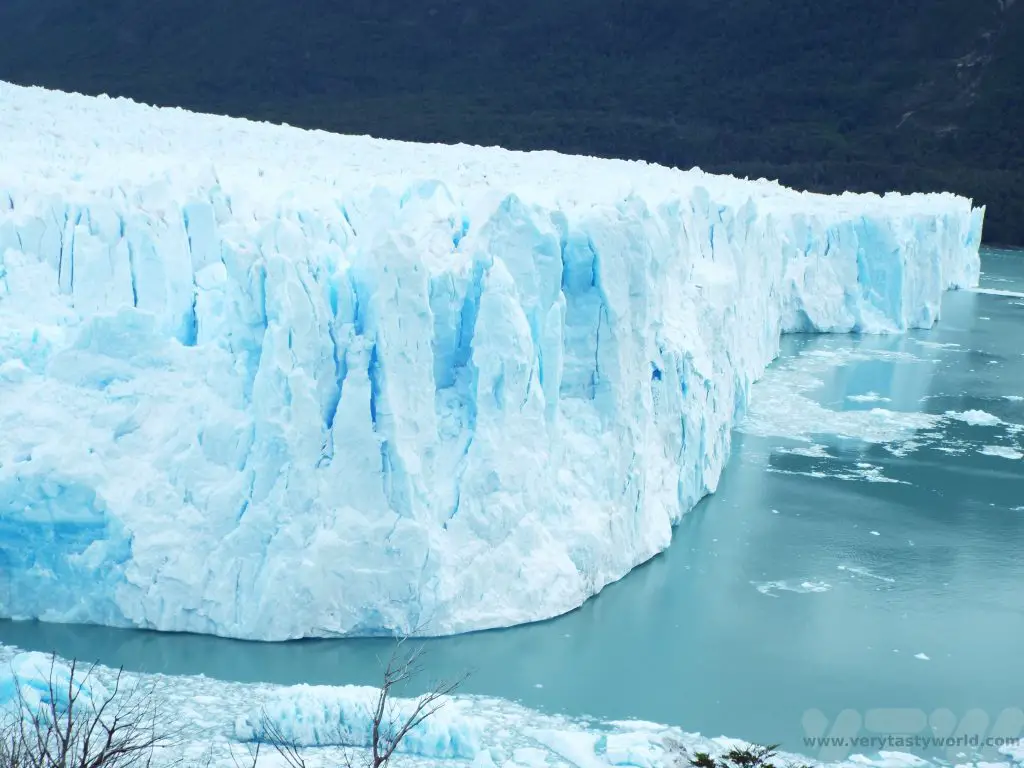
Note: You need to pay a fee to enter Los Glaciares National Park each time and this usually isn’t included in the cost of a tour. As at 2023, the cost is $10,000 AR. We paid in cash, so it’s worth making sure you have enough money with you.
Day 12 Bus to El Chalten (3.5 hours)
Depending on where your hotel is located, the bus station is a short, cheap taxi ride away from the bus terminal on C510, and from there you can catch a bus to El Chalten. It’s around a 3-3.5 hours journey but the scenery is just lovely. When you arrive, the bus stops briefly by the tourist information hut, which is located just out of town. Here you can get a hiking map and briefing about the area in English or Spanish. Then hop back onto the bus for the three-minute drive across the pretty river to the terminal. El Chalten is a very small town and many hotels/hosteria are within walking distance of the bus terminal, but plentiful taxis are available if needed.
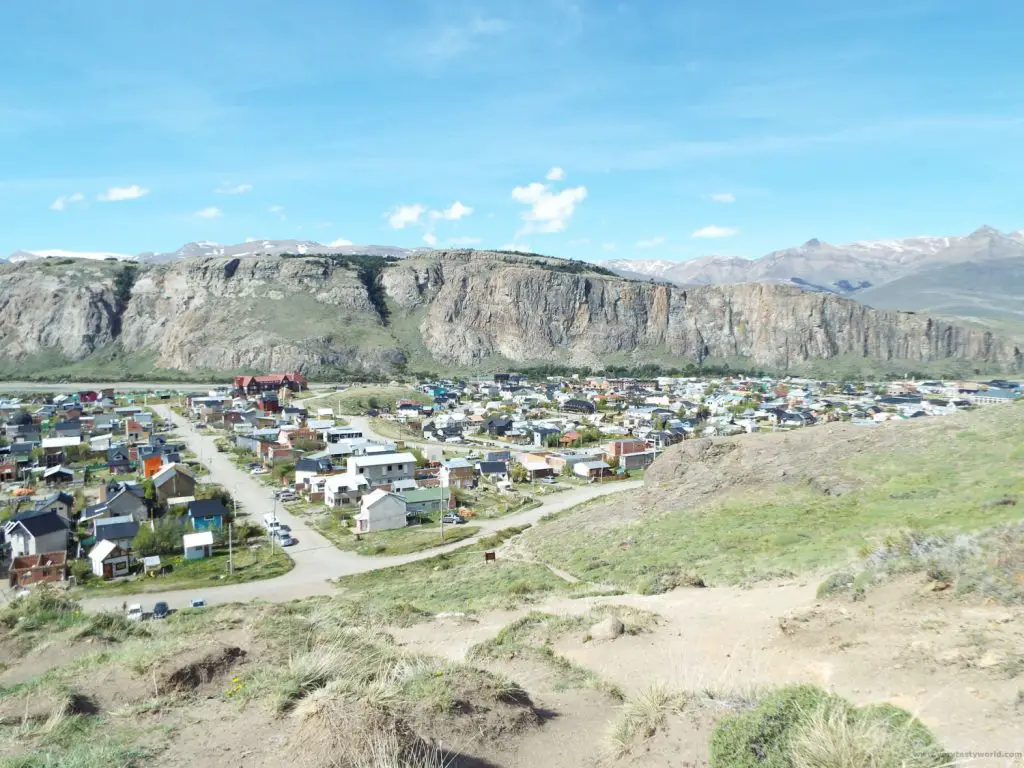
Day 13 Hiking in El Chalten
El Chalten is a hiker’s haven and a climber’s paradise. There a loads of trails in the area, ranging from easy to challenging amidst stunningly beautiful scenery. There are many serious climbers who want to attempt the granite heights of the Fitz Roy Massif, but there are some fantastic walks for casual – and significantly less ambitious – hikers. The weather can be very variable and some paths may be closed off for safety reasons if the wind is howling more than usual – and it howls a lot! But even the easier walks are guaranteed to offer great hiking in gorgeous scenery.
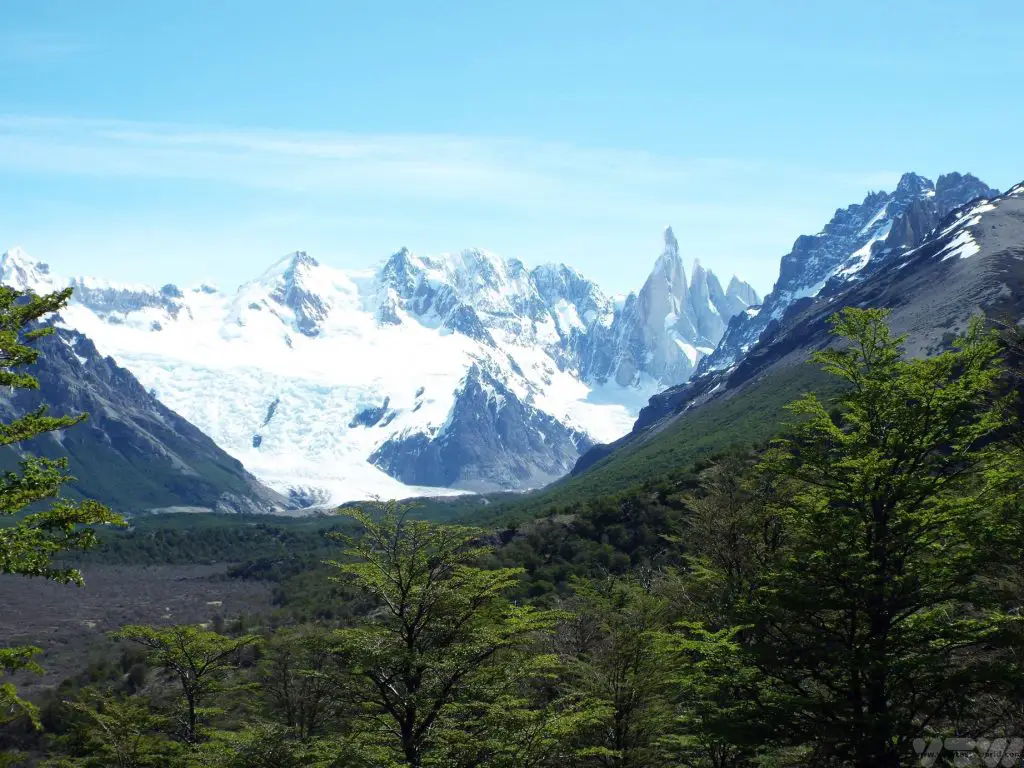
We have details of the hikes we enjoyed in El Chalten.
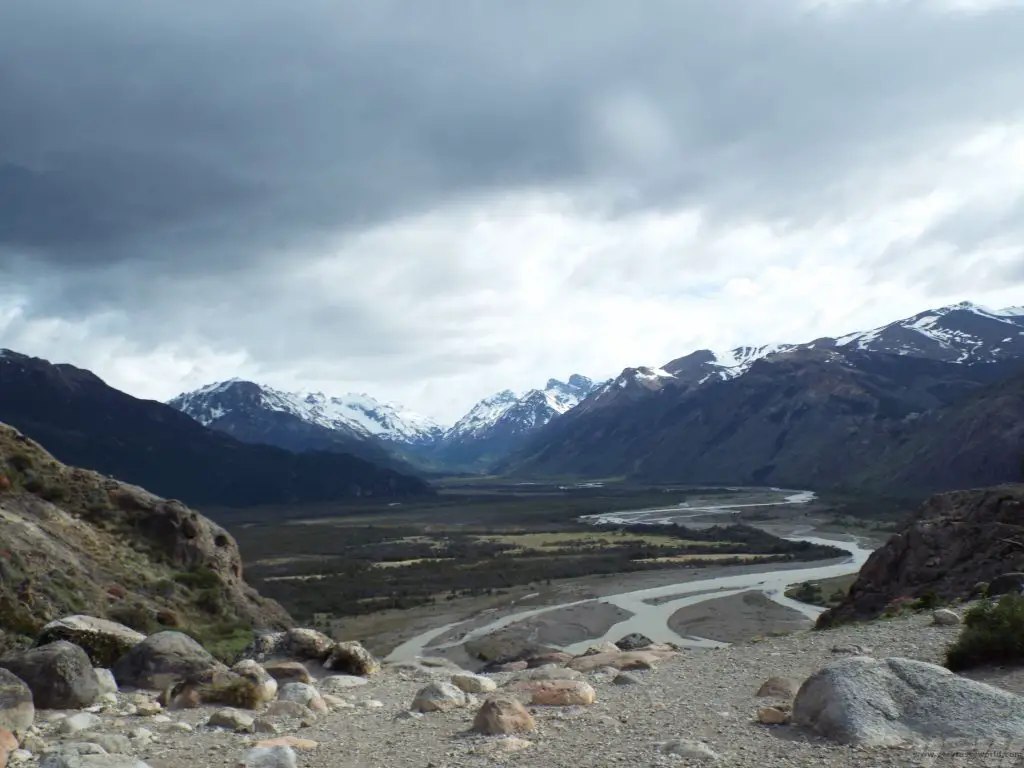
Foodie Recommendations: There are a number of restaurants in the town which offer local fare. There is also craft beer available and the quality is excellent, perfect for a post-hike drink.
Day 14 Bus to El Calafate (3.5 hours)
Depending on when you wish to leave for Calafate (and if the weather is on your side) there may be a chance to get in a few hours’ hiking in the morning. There are regular buses to take you back to El Calafate. It’s worth noting that even if you have pre-booked tickets you may be able to catch an alternative bus. There isn’t a lot to do in town if the weather is bad and you have checked out of your hotel/hosteria. We had planned to do more walking on our last day but it was really wet and very windy and not much fun for hiking. Our lovely hosteria hosts phoned through to the bus station and arranged an earlier bus for us.
Day 15 Fly to Buenos Aires
El Calafate has an international airport around 16 km from the town so is ideal for getting back north. You can get a taxi or a shuttle bus – your hotel should be able to help arrange this.
As with our inbound our flight to Santiago, we gave ourselves a day in hand to catch our international flight, just in case there were delays with our flight from El Calafate. This meant we had a day to explore Buenos Aires before catching our flight home.
There are loads of things to see in BA. We stayed in the Palermo area, which is a cool place to hang out, with plenty of bars and restaurants if you just want to chill after your trip. But there are lots of sights to see within walking distance of Palermo. (It’s a fair walk, depending on where you are staying, so if you’re feeling a bit jaded at the end of your trip, it should be easy to pick up a taxi.)
We particularly enjoyed visiting the famous Cementario de Recoleta, a remarkable cemetery which comprises a huge number of highly decorated mausoleums and tombs. Many famous people have been interred there, including Eva Peron.
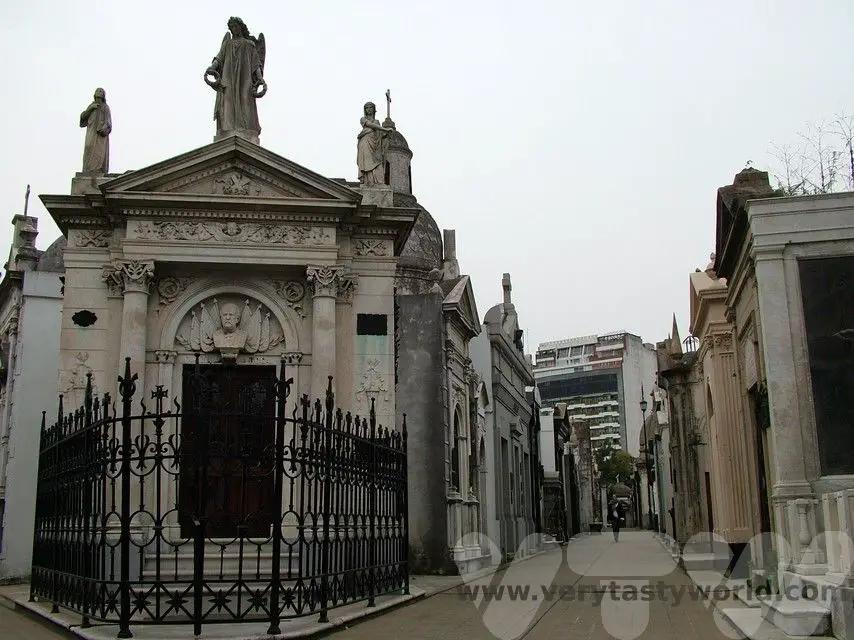
The Museo Nationales de Bellas Artes is a fantastic space for discovering local and international art. It’s free to enter and hosts a variety of permanent and temporary exhibitions. Museo de Arte Latinoamericano de Buenos Aires, known as MALBA, also has some great exhibitions.
In the adjacent park is the Floraris Generica, a huge sculpture of a flower which opens and closes with the daylight.

There are a number of gardens in the area, including a Japanese garden and botanical gardens, where you can see the yerba mate tree from which mate tea is derived.
When To Visit Patagonia
In the southern hemisphere November to March is Patagonia’s summer, where the days are longer and the temperatures warmer, and hence the most popular time to visit. The shoulder season is November. We travelled in late October (we don’t mind the cold!) and were largely lucky with the weather.
Dining and Drinking in Patagonia
If you are an omnivore, Patagonia has a huge amount of excellent food. The seafood in Chile is fantastic -with an incredibly long coastline the country has some of the best fish dishes on the planet. We particularly recommend the crab.
In Argentina the Patagonian lamb is an essential meat to try. Steaks are also available – they are good value and usually cooked very well. Guanaco often appears on menus – the flavour is akin to venison. Empanadas – pasties with a variety of fillings – are also fantastic and definitely worth taking with you on a hike or on the bus if you want a packed lunch. Vegetarians may struggle to find a decent variety of dishes but most restaurants will have vegetarian options.
In terms of drinks, Chilean and Argentinian wines are fantastic and there are even some vineyards in Patagonia, albeit much further north than the places visited in this itinerary! Beer drinkers will find a wide variety of excellent local craft beers.
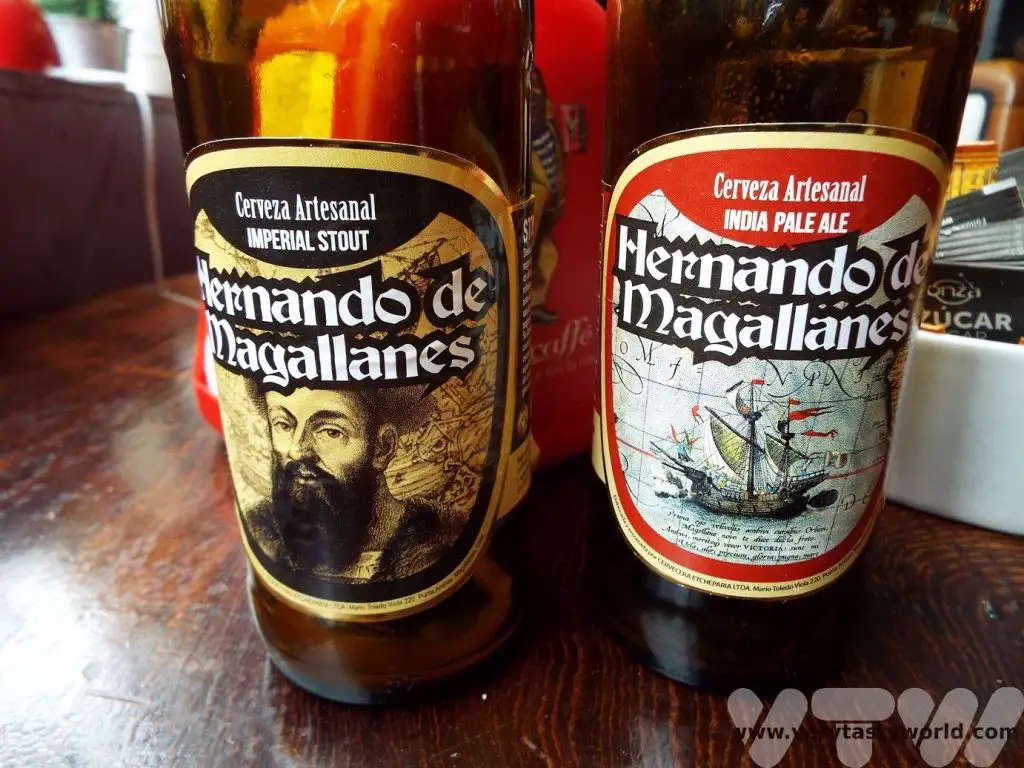
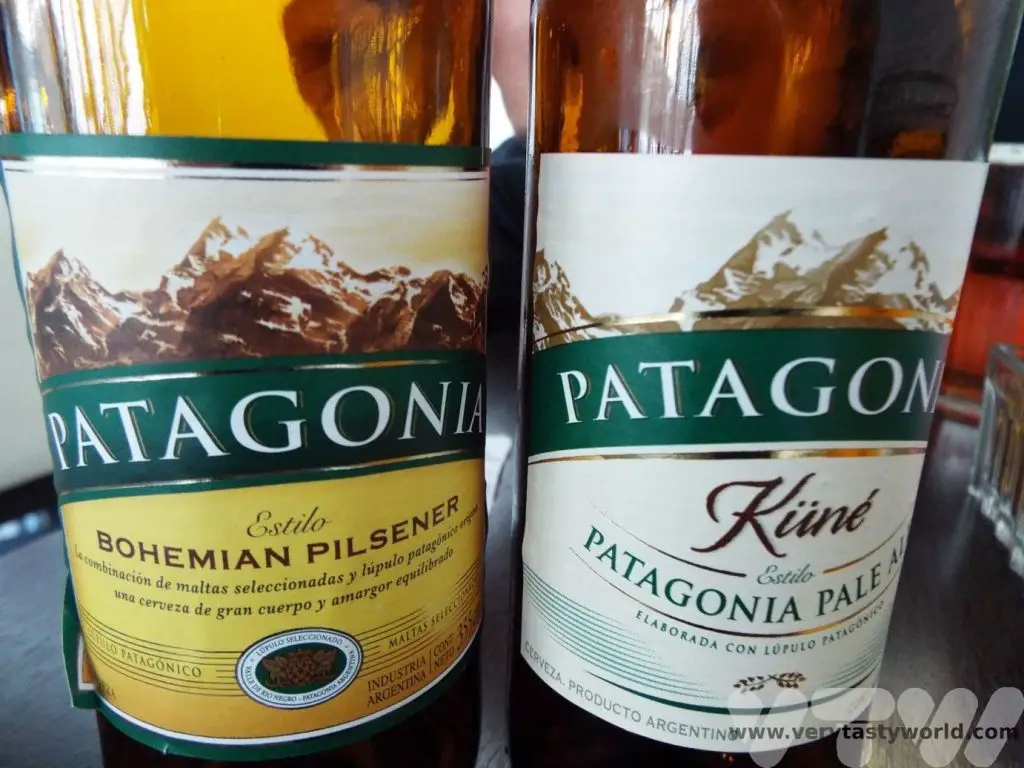
The tap water is fine to drink. In some areas, notably El Chalten, you can even refill your water bottle directly from the streams and rivers as the water is pure.
Getting Around Patagonia
We travelled on buses throughout our trip, apart from the couple of days in Torres del Paine, when we hired a car.
Buses are large and comfortable and run on a regular schedule. There are usually toilets on board.
You can get tickets at the bus station or online and often your accommodation can help. We recommend pre-booking if you can, especially if you are travelling in high season – it means you can ensure a place on the bus. When you buy a ticket you will be assigned a numbered seat. The other great advantage is that the bus driver knows the route so you can simply sit back and just enjoy the scenery. Obviously delays can sometimes happen but all the buses on our journey ran on time.
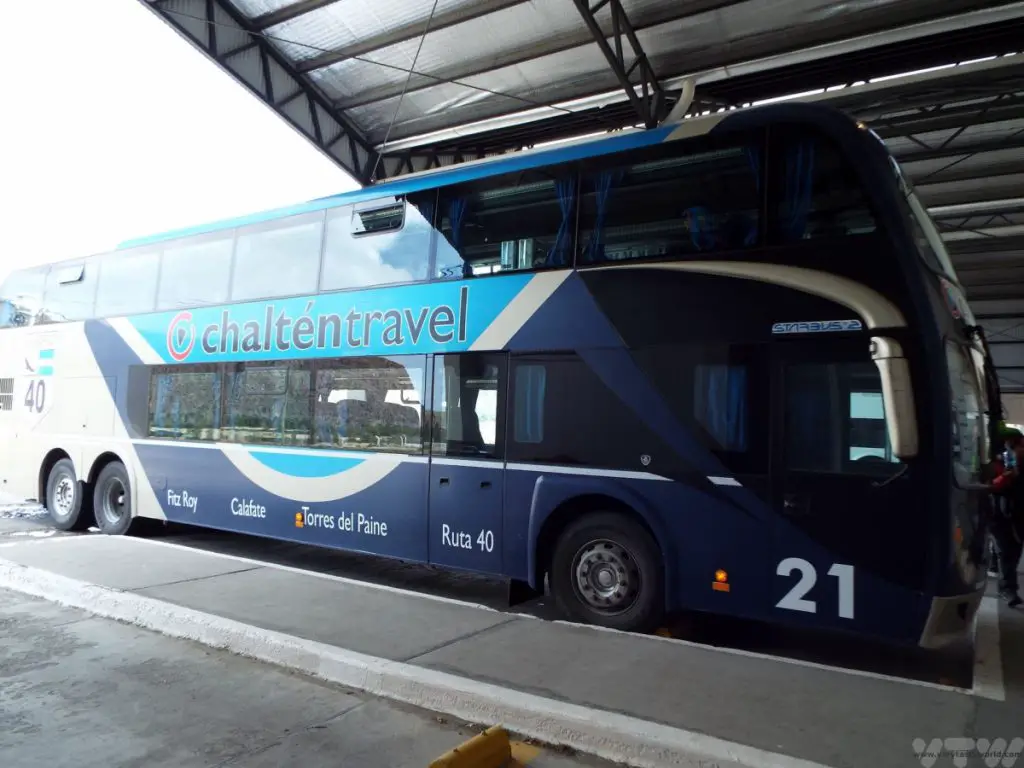
It would be difficult to do this full itinerary using a car rental because you would be driving through two countries so would need a special permit to take a car from Chile to Argentina. And it would be either very difficult or very expensive to do a one-way return of the car to an agency in another country. If you wanted to drive it would be possible to rent a car in each country and just cross the border on the bus. But, honestly, the buses are a convenient – and much cheaper – way to travel.
What To Bring to Patagonia
Hiking boots/shoes. We recommend wearing these on the plane and putting your other shoes in your checked-in luggage. It’s easier to replace lost ordinary shoes than expensive, properly worn-in walking boots.
Warm clothing. Patagonia can be very cold and, even if it isn’t cold, it can be very windy. We suggest bringing lots of layers so you can add/discard clothes as required.
If you do the Perito Moreno glacier walk you will need long-sleeved clothes, long trousers and gloves. You will wear crampons, so sturdy shoes (or your hiking boots) will be needed.
Wet weather gear – although we were generally lucky with the weather on our trip, you never know when it’s going to rain! Ponchos are a good idea if you get caught in a rainstorm.
Sun protection and sunglasses
Water bottle, particularly if you are hiking.
Patagonia really is one of the most remarkable places on the planet. It is remote but the effort to reach this stunningly beautiful wilderness is emphatically worth it.
Related Posts You May Enjoy

- Rivers and Rainforests – A Guyana Itinerary
- Best Time To Visit Machu Picchu 2024 Update
- A 2 Week Patagonia Itinerary
- Day of the Dead in Campeche
- A Galapagos Land Based Itinerary
- RECIPE: How to Make Costa Rica’s Gallo Pinto
- A Tasty Puebla Food Tour
- Costa Rica Wildlife Sanctuary – Caño Negro
- Visit Torres del Paine National Park in Patagonia
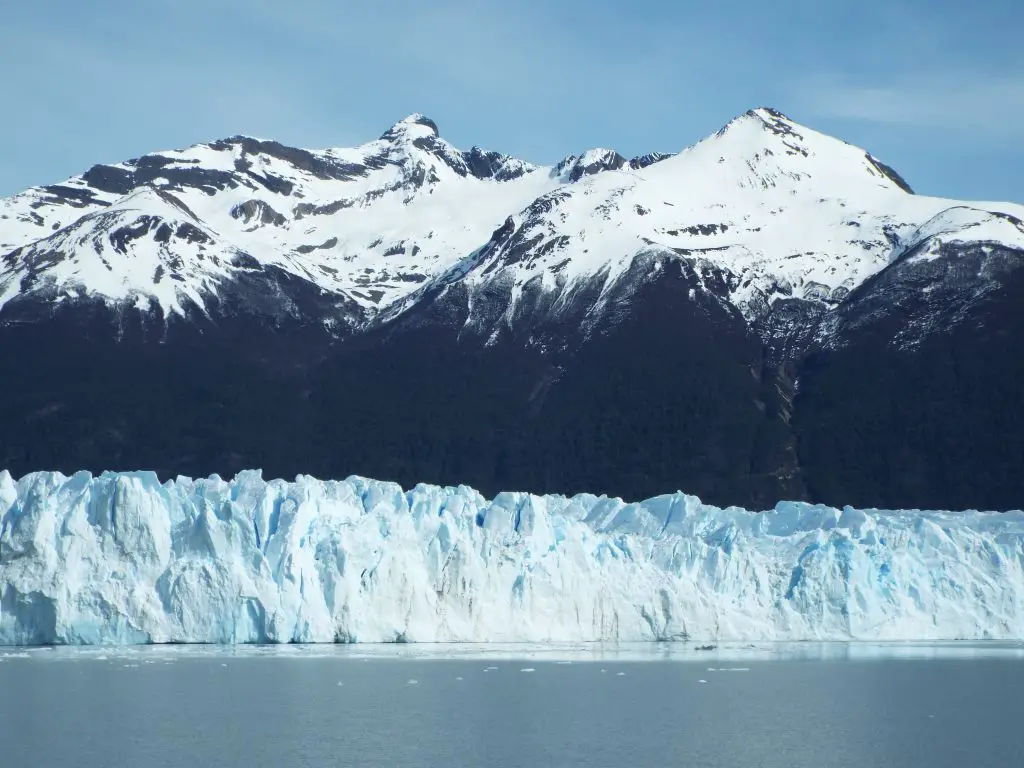
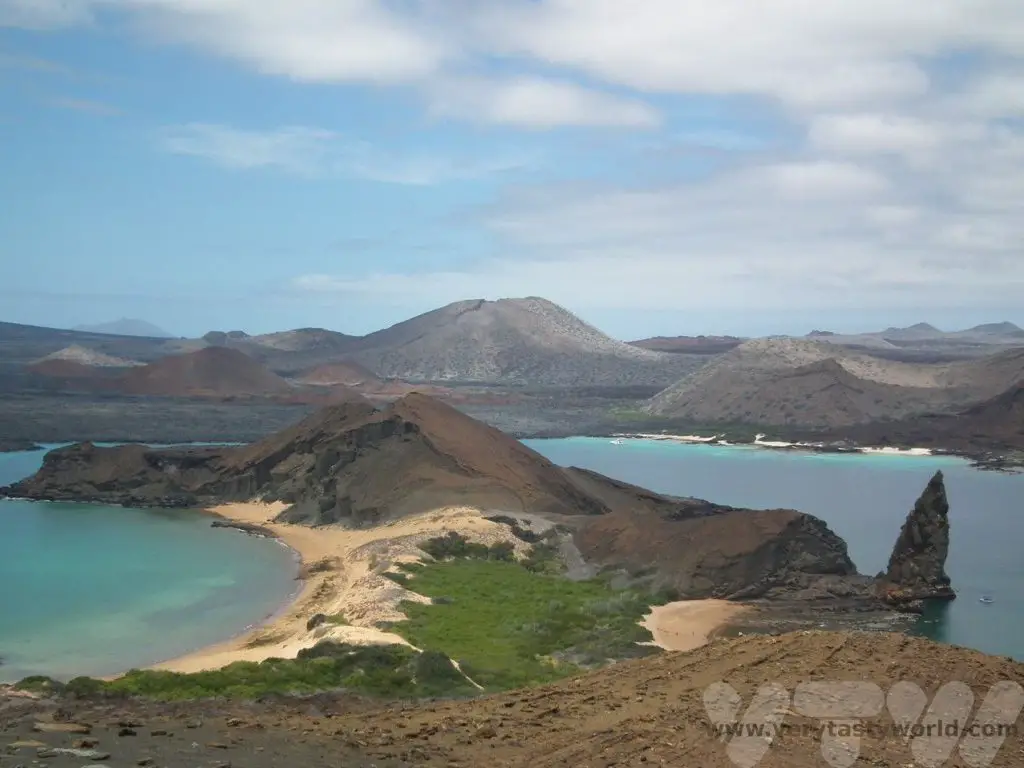
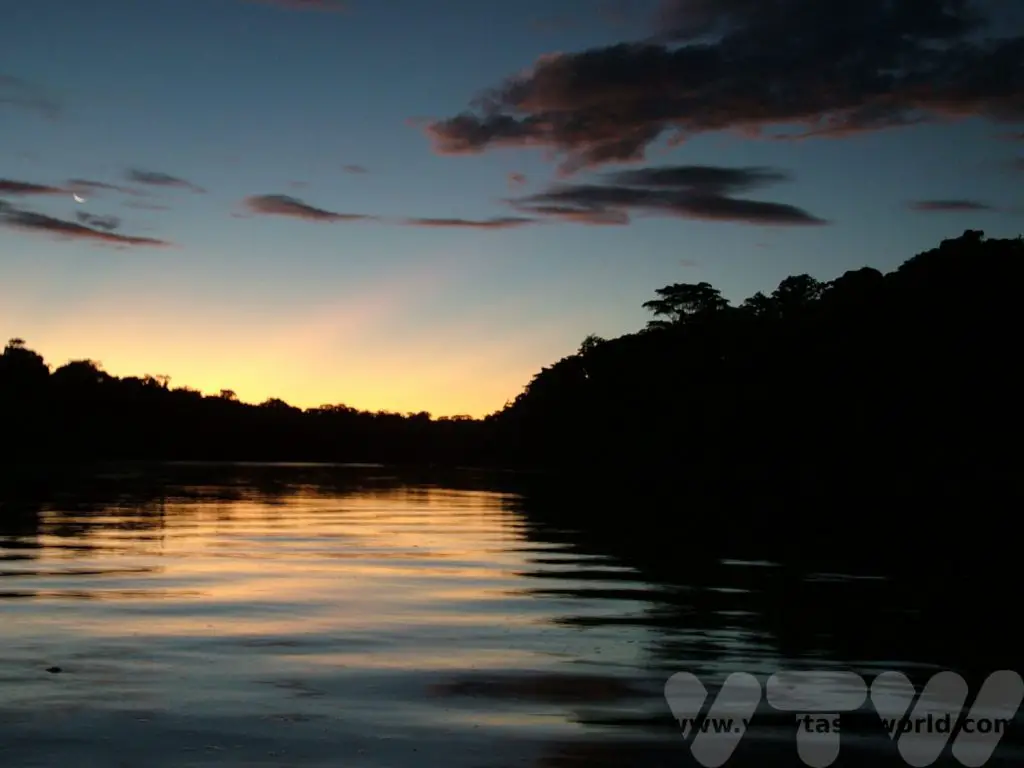
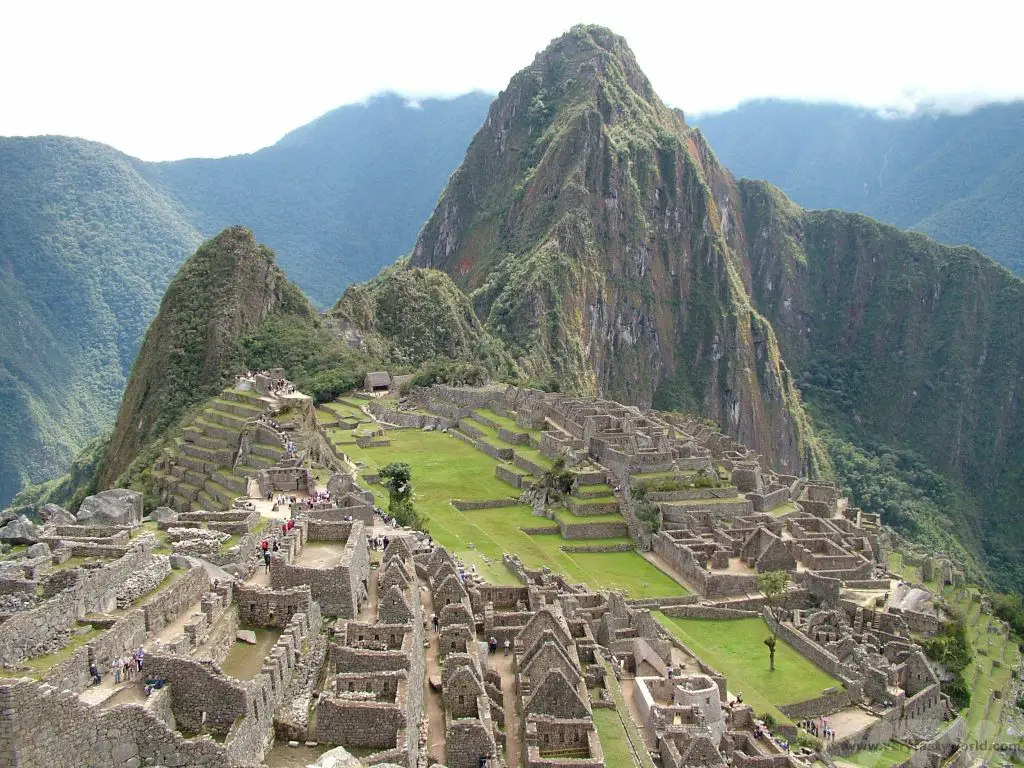
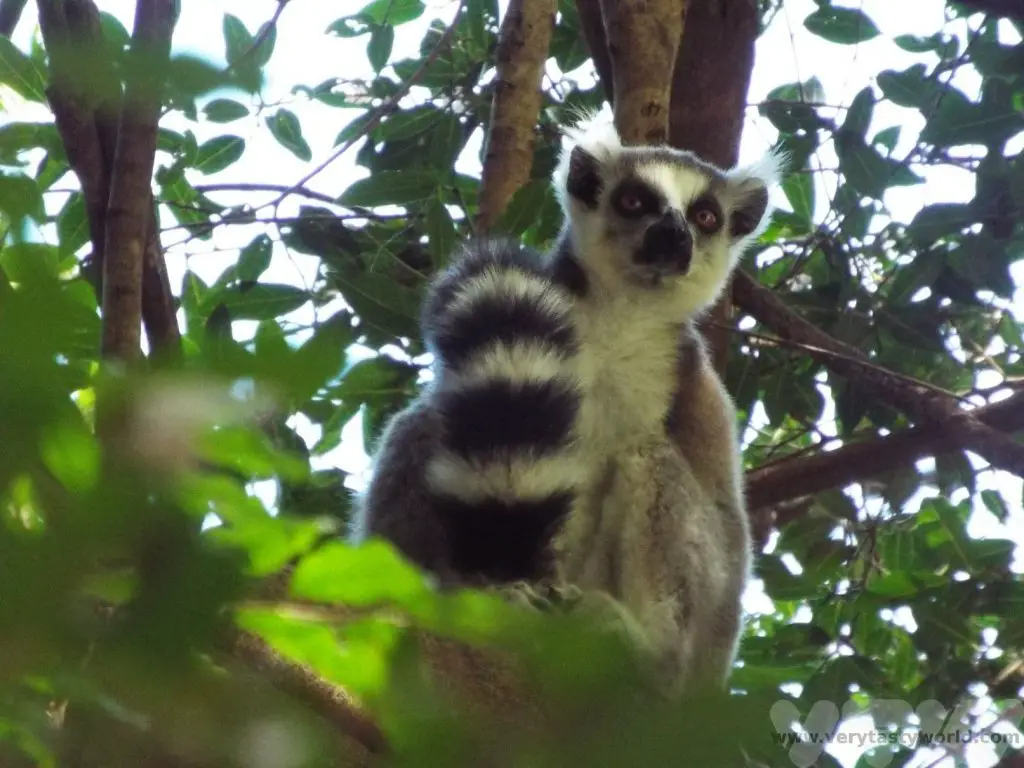

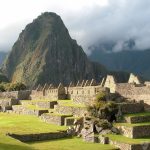
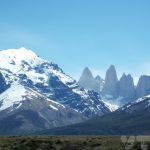
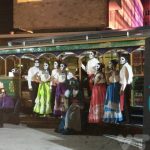


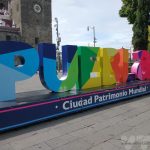
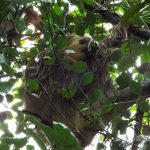



I’m bookmarking this post for the great info it contains for when I eventually get to this region of the world.
The itinerary looks very logical and full of info on what to see and do and the accompanying photos are superb.
I knew there were lots of things to see in this region but the details here really explain well on how do do all of that.
I never imagined the towns and areas would be so well connected by decent transport too.
Thank you so much for your kind words. Really happy that this post is helpful. Visiting Patagonia was a dream fulfilled – we are sure you will enjoy your visit when you get to this marvellous region.
I hadn’t really considered this area until recently, after reading blogs like this one. The itinerary you share looks to hit so many interesting activities and places. It’s good to know that there are decent public transportation and tours available.
It looks like an amazing place to visit. I really appreciate the advice included.
Lyn | http://www.ramblynjazz.com
Thanks so much! Patagonia really is a wonderful destination, there is so much to see and do, and the region is so very beautiful.
What an amazing experience. Certainly some where I’d love to visit. The food also looks delicious.
Hope you get to see Patagonia one day. It’s such a wonderful place. We didn’t expect the food to be amazing… but it was fantastic!
I have to do several segmented reading as the this post oozes with plenty of essential information and guide to one of the remote places on Earth. I have always wondered where to start one’s trip when visiting Patagonia and you made it simpler. I think the region begs to be explored more – the explorable parts that is, without freezing the bum-bum 😉 and a month might be a conservative time table do so. I’m dreaming of the landscape already while munching on my stashed Chilean empanadas #flyingbaguette
Jan – https://flyingbaguette.com/
Thanks so much for your kind comment – we’re so glad that the itinerary is helpful. It is such a stunning region and, you’re right, a month would allow a much more laid back trip. Enjoy those empanadas – yum!
Here is a post that leaves me with a deep desire to pack my bags and head to the southern hemisphere ahahah
Patagonia is without a doubt one of the places I really want to visit and follow an itinerary like yours. That’s why I’m going to save this post because it contains precious information!
The itinerary they present is very complete, with all the relevant information needed and when they talk about penguins, I’m ready to face any cold weather 🙂
Thank you so much for your kind words! Really glad that this post is so useful. We are sure you will love Patagonia – it is a truly wild place with so much to see. And the penguins were just fantastic!
Your Patagonia itinerary is a visual and informational feast for travel enthusiasts. The detailed breakdown, stunning visuals, and personal insights provide readers with an invaluable guide. The two-week journey seems like a dream come true, and your storytelling skill makes the experience come alive. Your blog is not just a travel guide; it’s an inspiring narrative that encourages exploration and appreciation for the beauty of Patagonia. Kudos on sharing this incredible adventure – a delightful read indeed!
Love, love, loved reading about your itinerary covering two weeks travelling around in Patagonia. It feels like Patagonia is becoming the new “Iceland” with much less tourists and crowds. The scenery is just stunning and still preserves a feel of untouched nature, at least that is what I’m getting from your pictures! The infrastructure also seems to be well developed and even though travelling around may have taken quite some time from your stay it sounds like it is the best and most efficient way of seeing as much of the region as possible.
Carolin | Solo Travel Story
Thank you so much – we’re genuinely delighted that you liked our post! Patagonia definitely has an aura of untouched nature – it is a huge region with so many spectacular sights to see. There are tourists (we travelled in the shoulder season) particularly when visiting Los Glaciares but there are so many places where you can experience the wild and beautiful landscapes without the crowds. The travelling distances are long but the scenery is spectacular all the way.
Well I think I just found my next dream destination. Penguins – check! Mountain views – check! Awesome food recommendations, stunning glaciers and fun cities to explore. What more could you want?! I’d definitely want to do some hiking, although I don’t know if I’d feel “lucky” to see a puma when doing so. I’ll stick with the penguins please. What a great guide, and such an epic trip. The Glacier tours look phenomenal
I was JUST talking to my husband about this area of the world and how we need to go there. I only saw it for a day when I was in Ushuaia and it’s just so beautiful. Two weeks sounds like a great time to spend some time in the beautiful nature! I’d love to see a puma too. Definitely sending this to my husband as inspiration!
Ooh, we do hope you get to visit Patagonia. It’s such a beautiful place. We got really lucky with the puma – it was magical seeing him stride through the grass. Thanks for sharing. If you have any questions about visiting, please get in touch.
Patagonia certainly is a dream for us. I love this thorough itinerary! It’s great to learn that you can visit most places by bus as we don’t dare to drive a car abroad. I particularly like how you’ve included both Chile and Argentina as well as Santiago and Buenos Aires to break up the long journey south.
Thank you so much! We hope you get to visit. Using the buses was very easy and super-convenient. We reckon it’s definitely worth breaking up the journey as it is such a long way and we like to leave a day in hand, just in case international flights are late.
What an incredible trip! Patagonia is definitely a bucket list destination. Your itinerary and recommendations are laid out so well. And I love the foodie tips and pictures. Absolutely stunning!
Thank you so much for your kind words. We definitely recommend getting to Patagonia if you can!
Wow! There’s a lot to do in Patagonia! I’m bookmarking this for later so I can research some tours in each area. And your restaurant suggestions sound awesome! Great pictures throughout the post.
Thank you! Glad that this was useful. We hope you get to visit, we’re sure you will love it there.